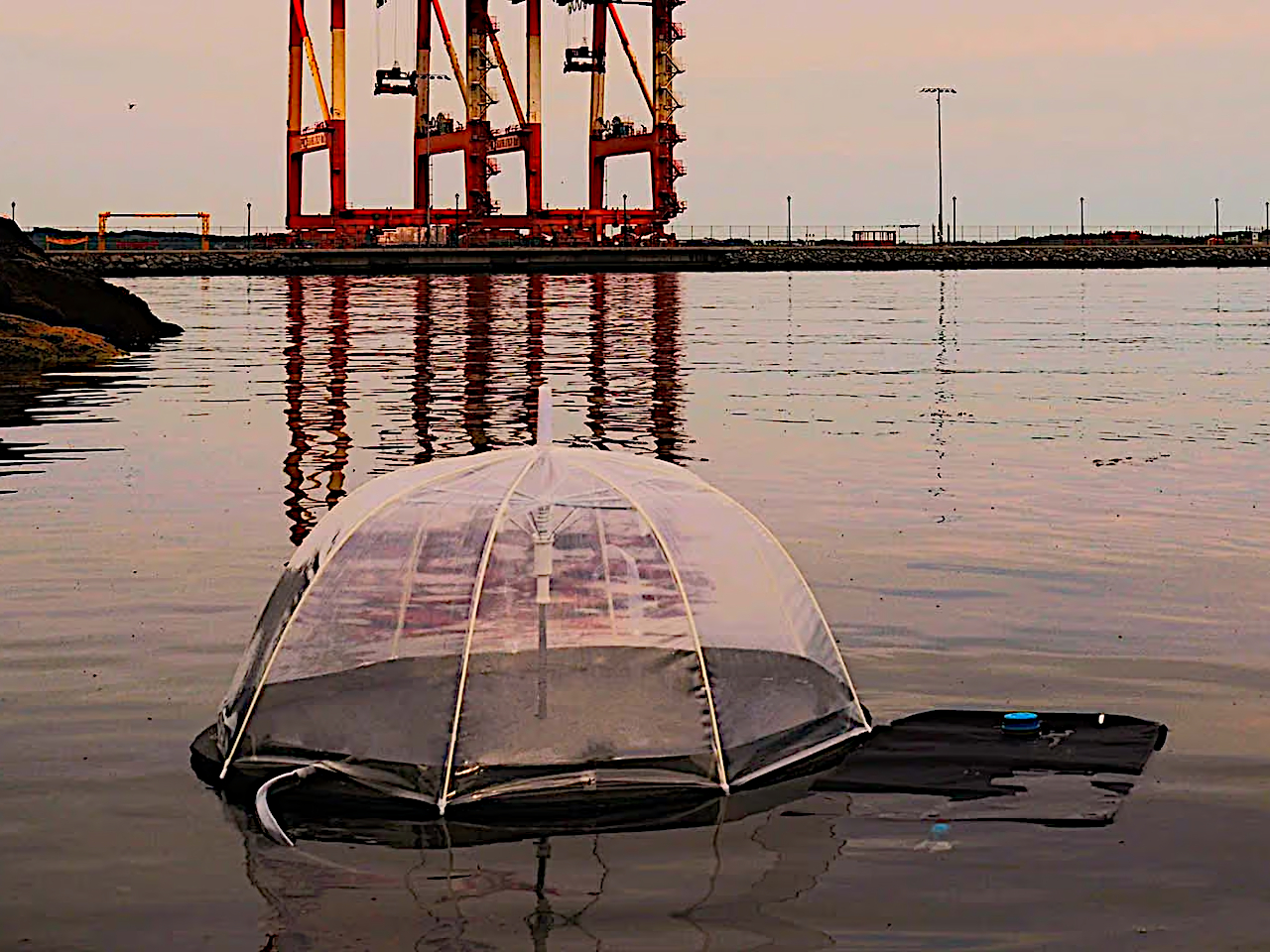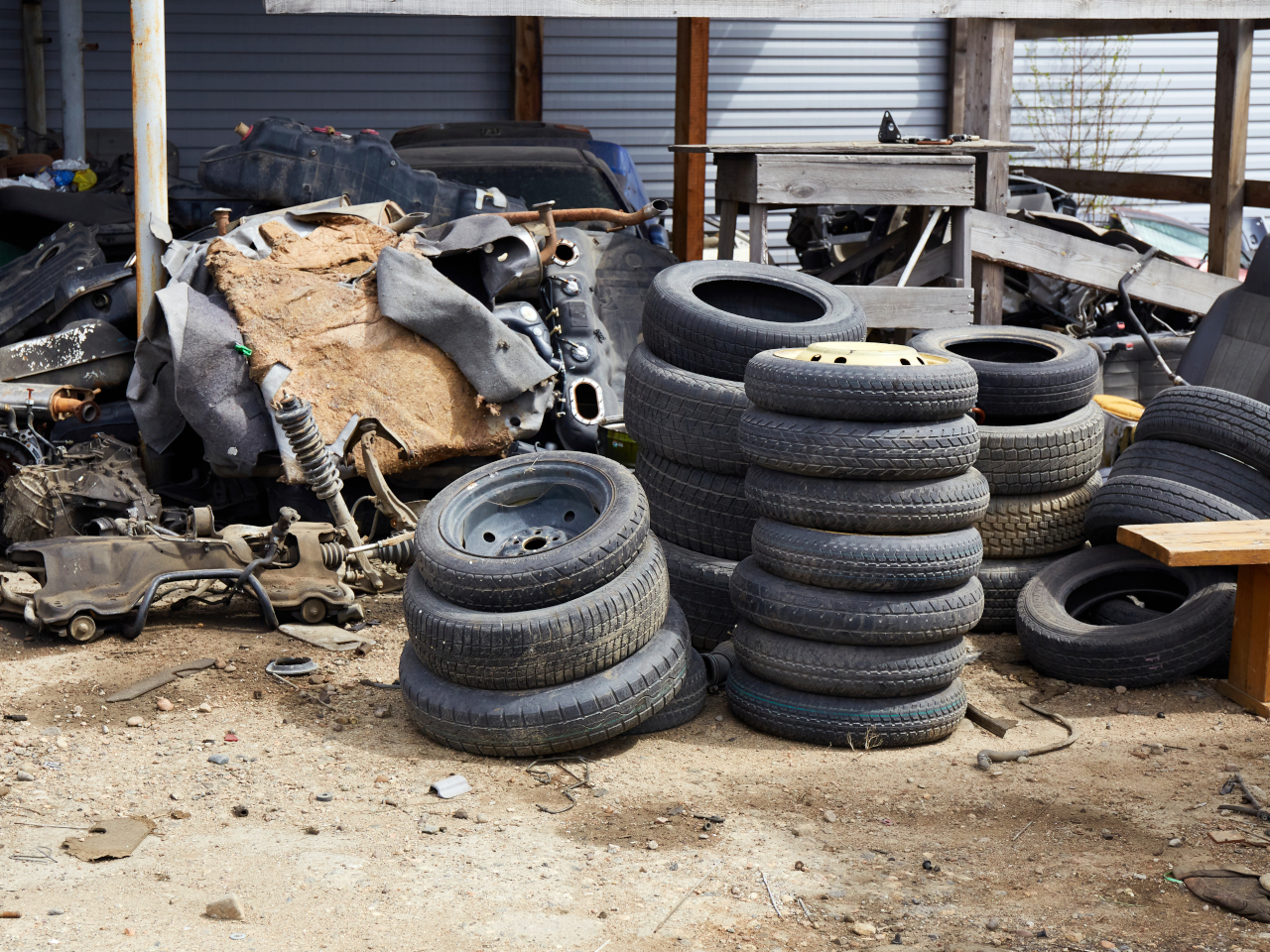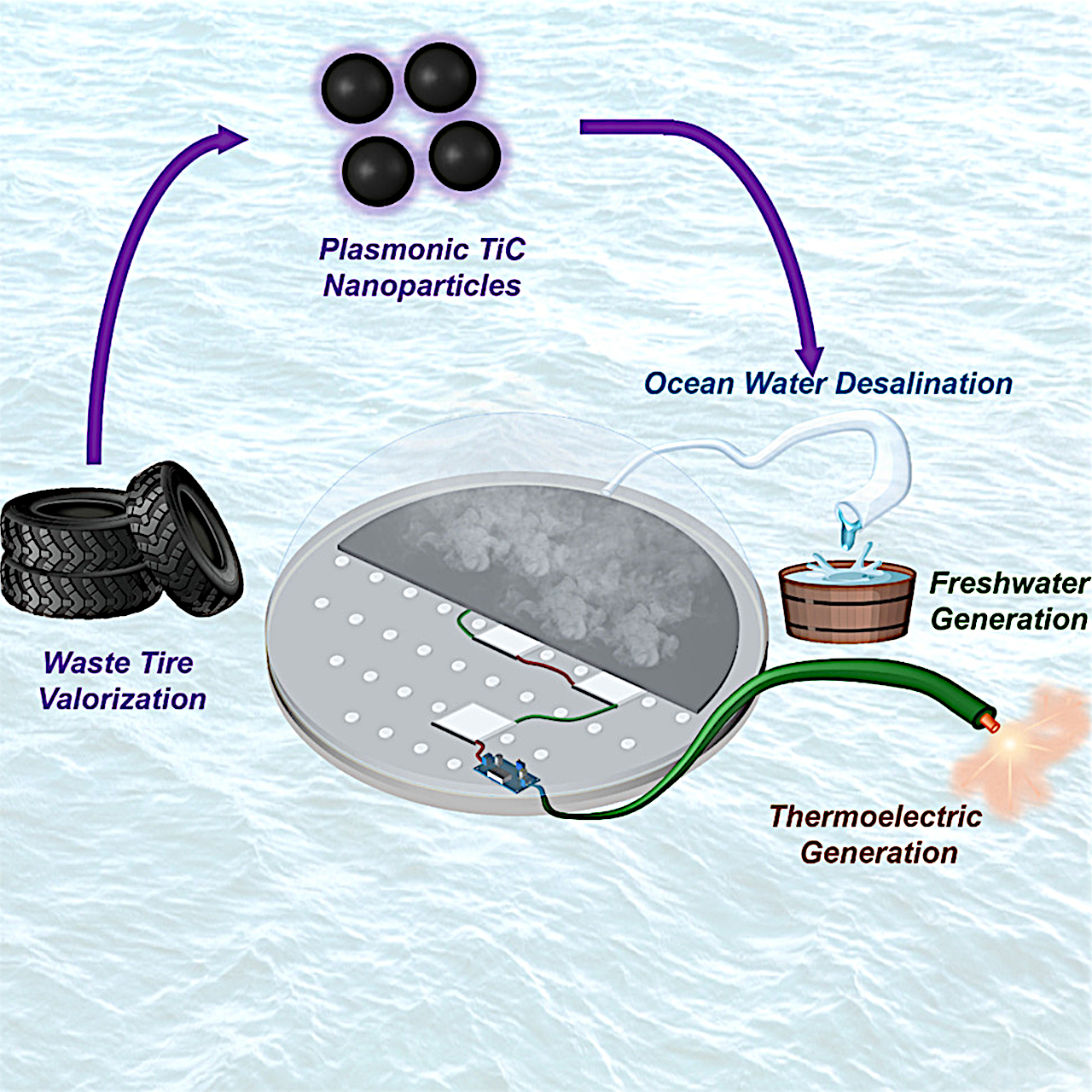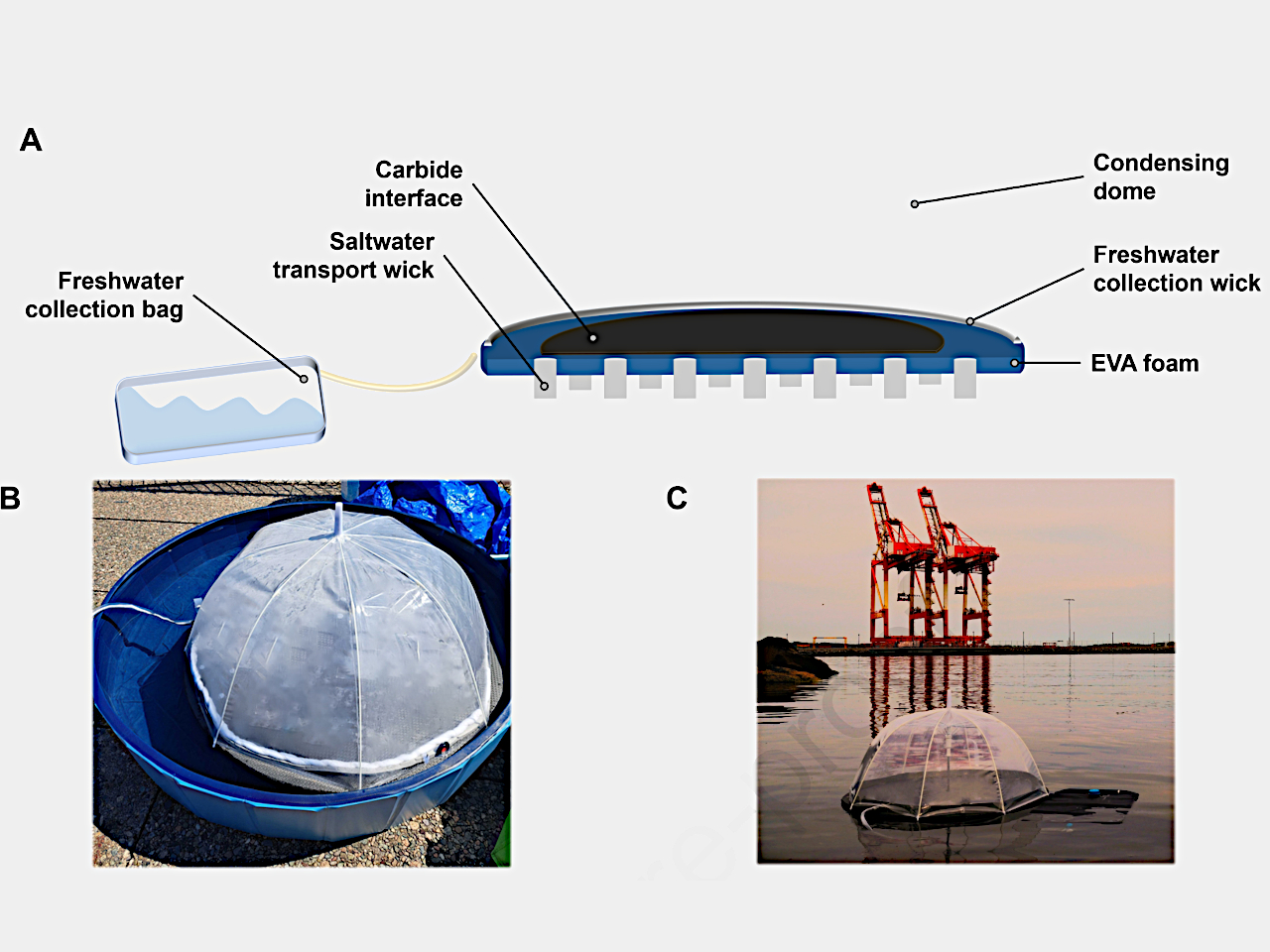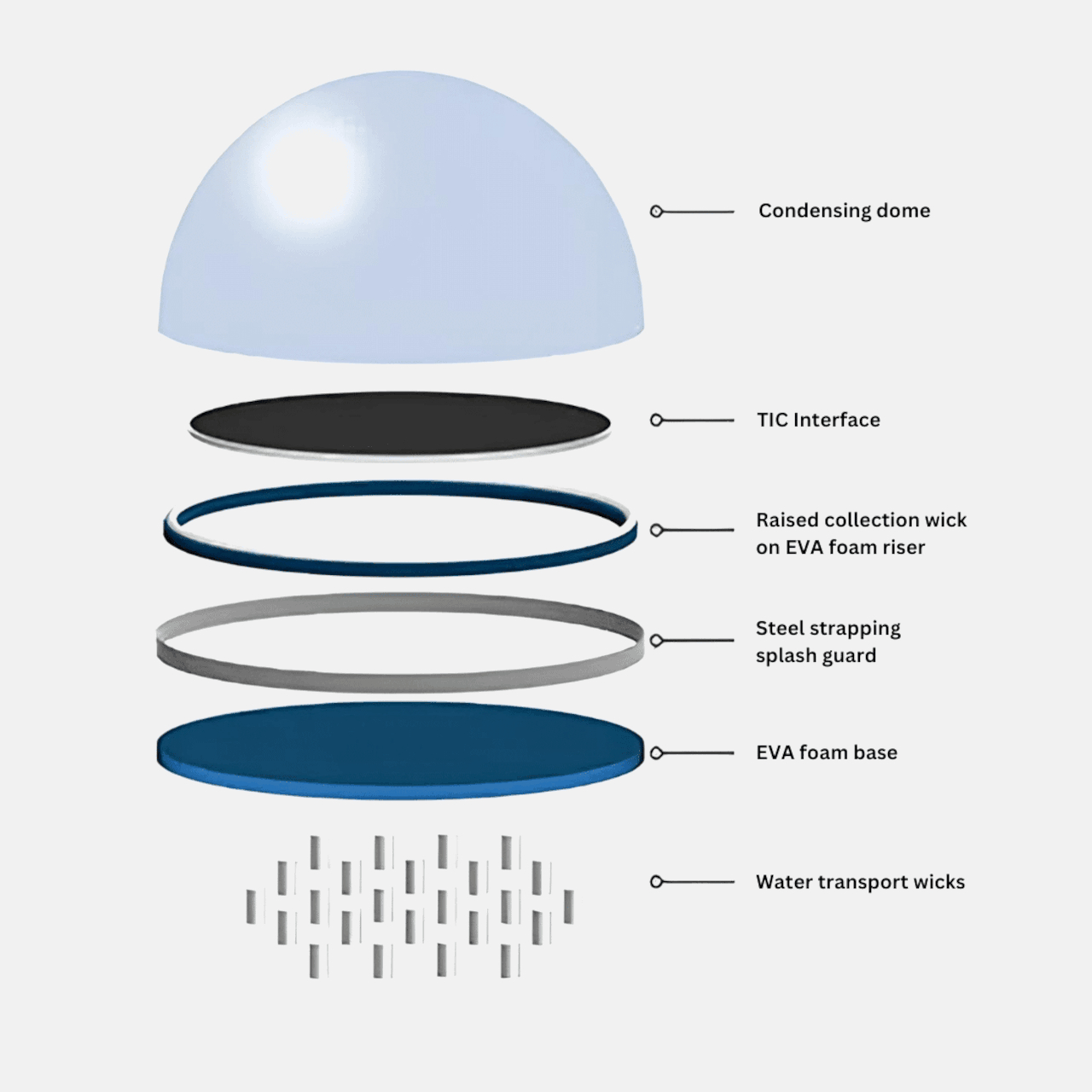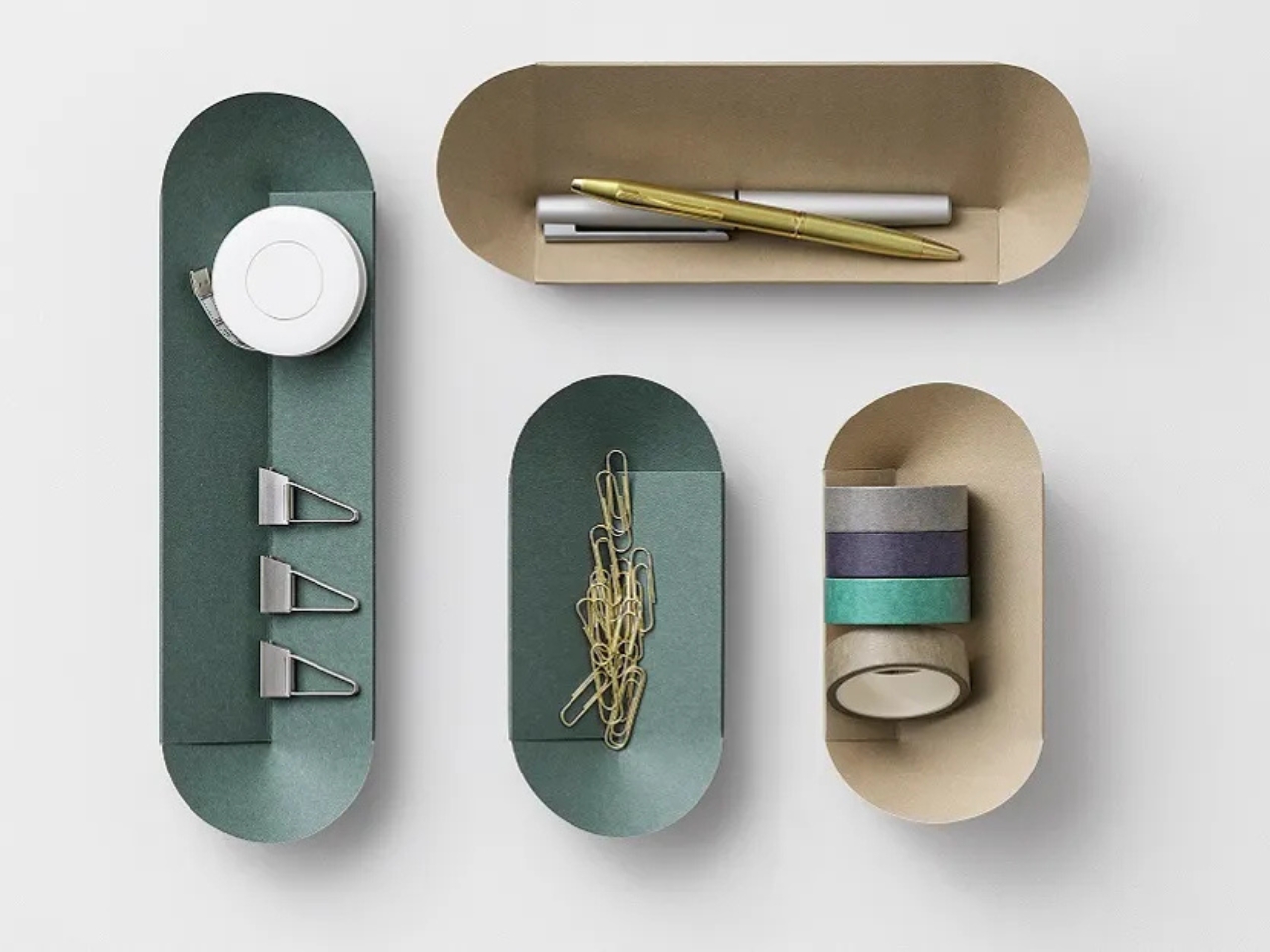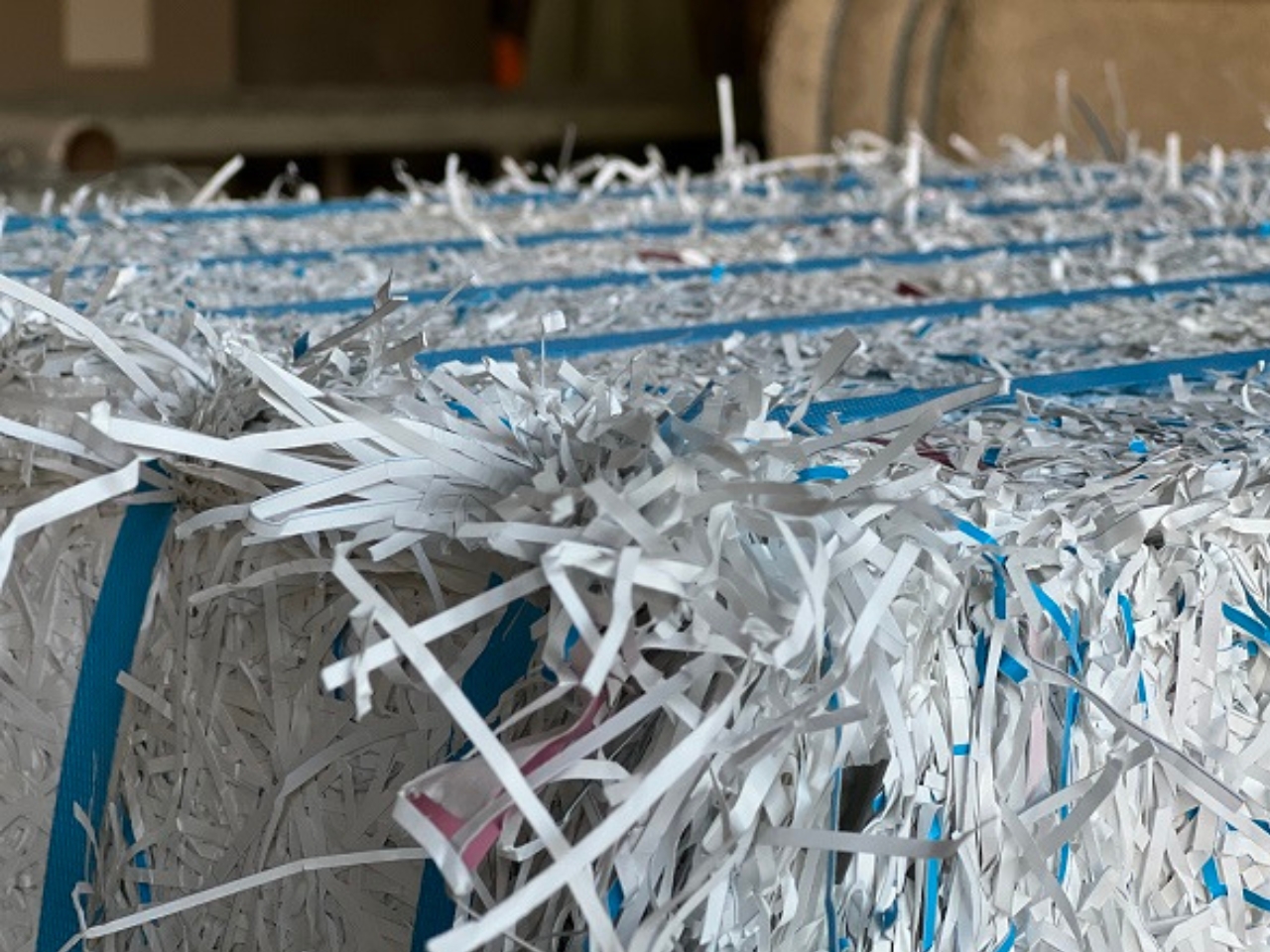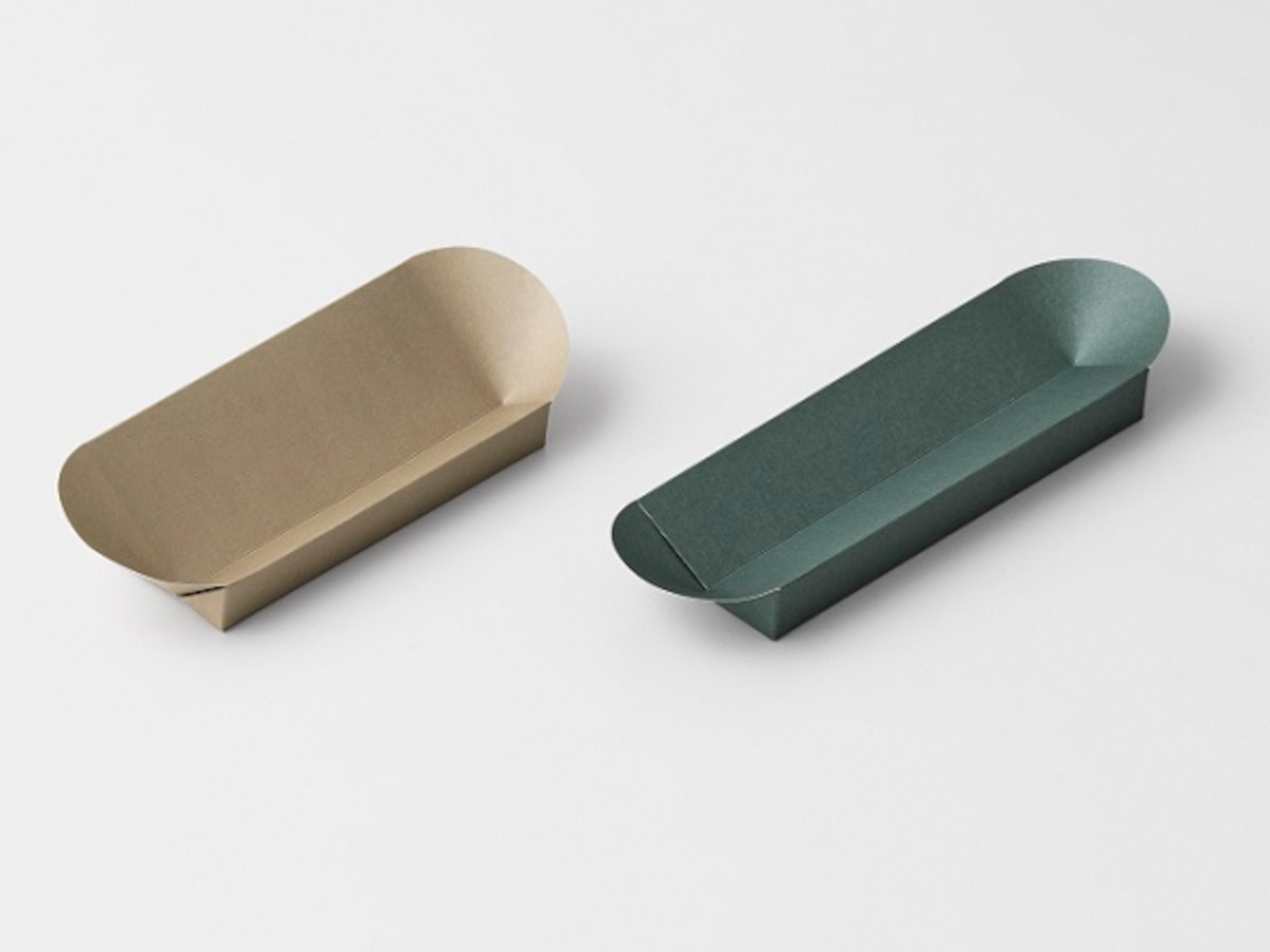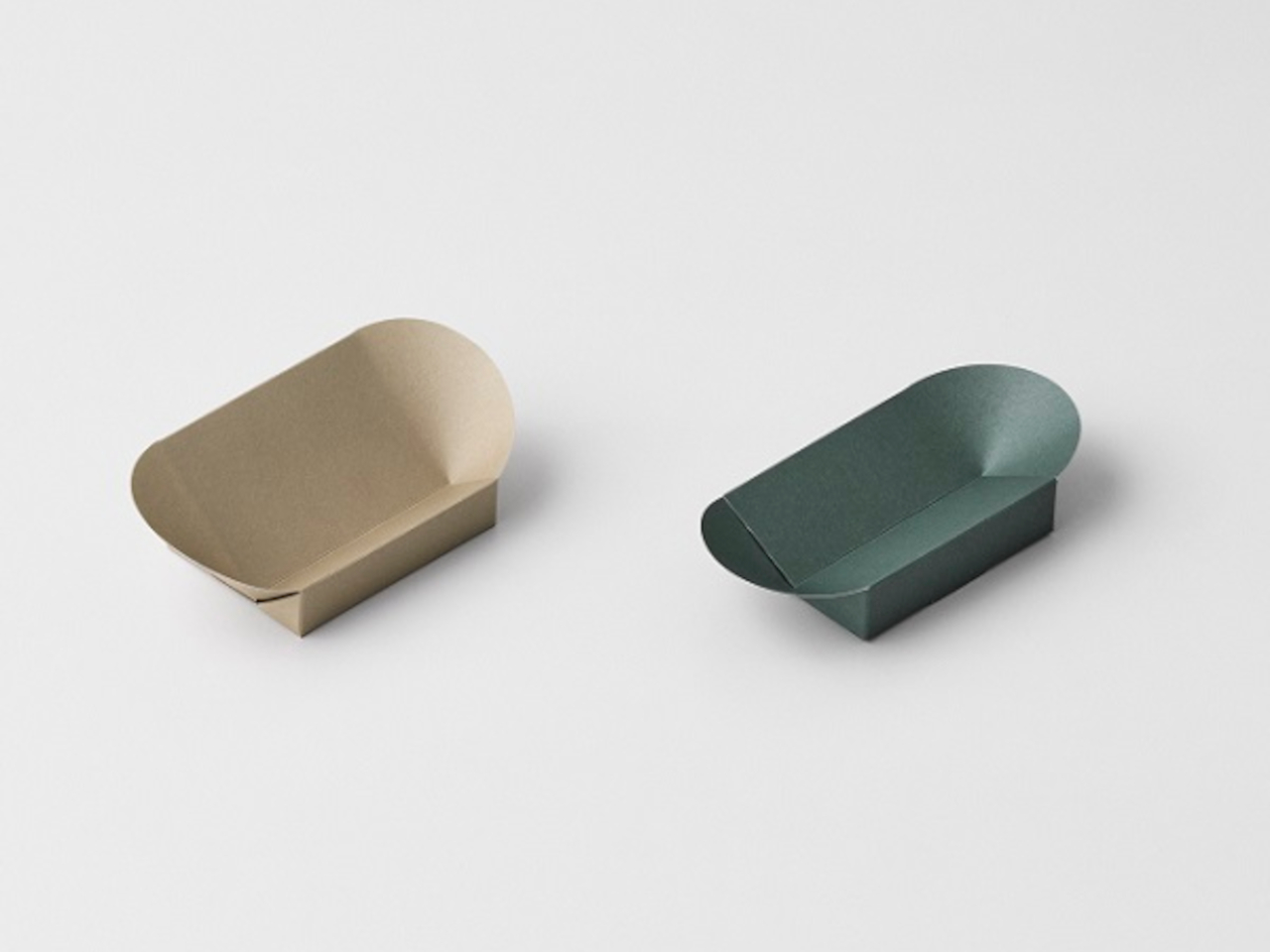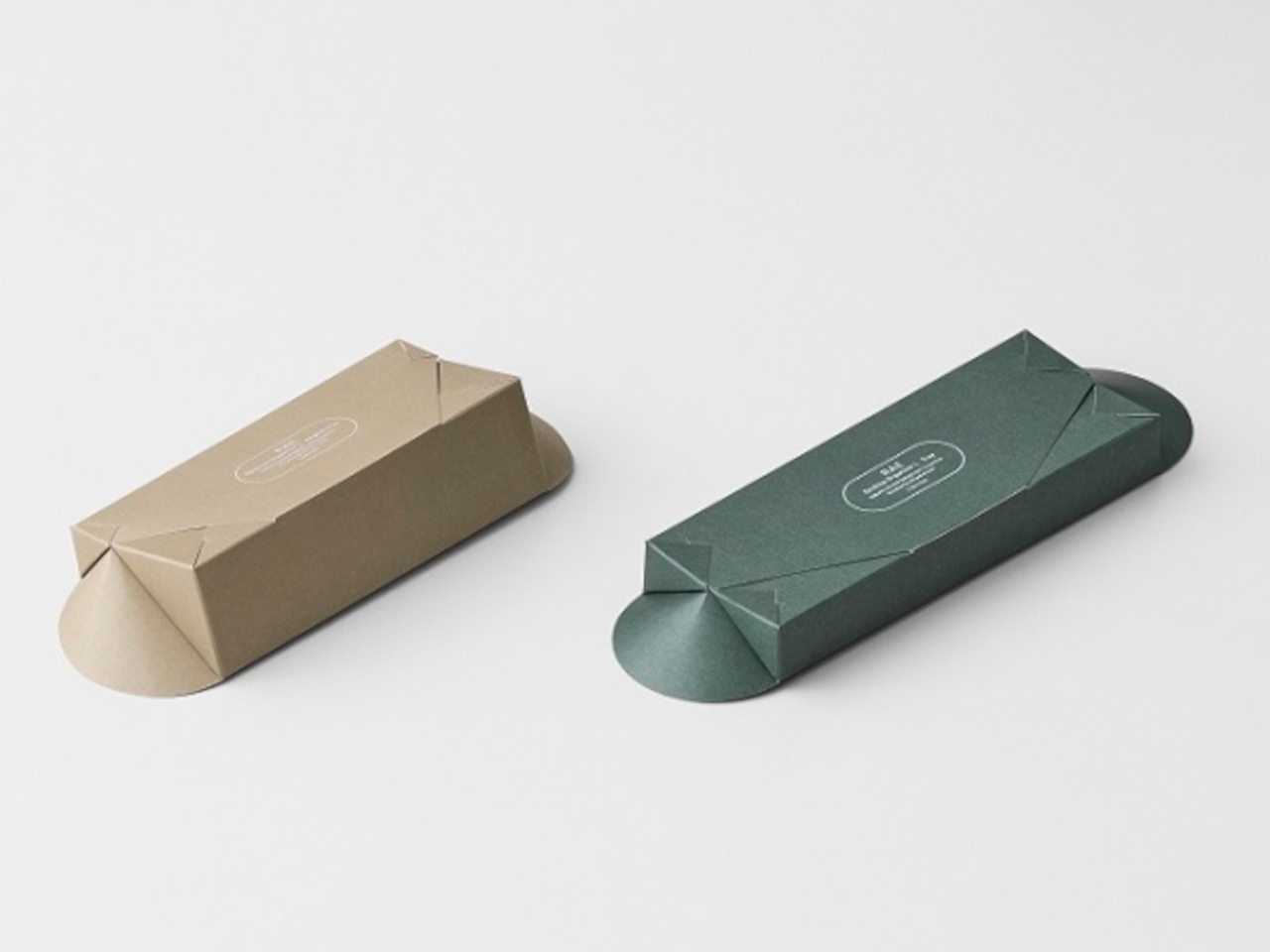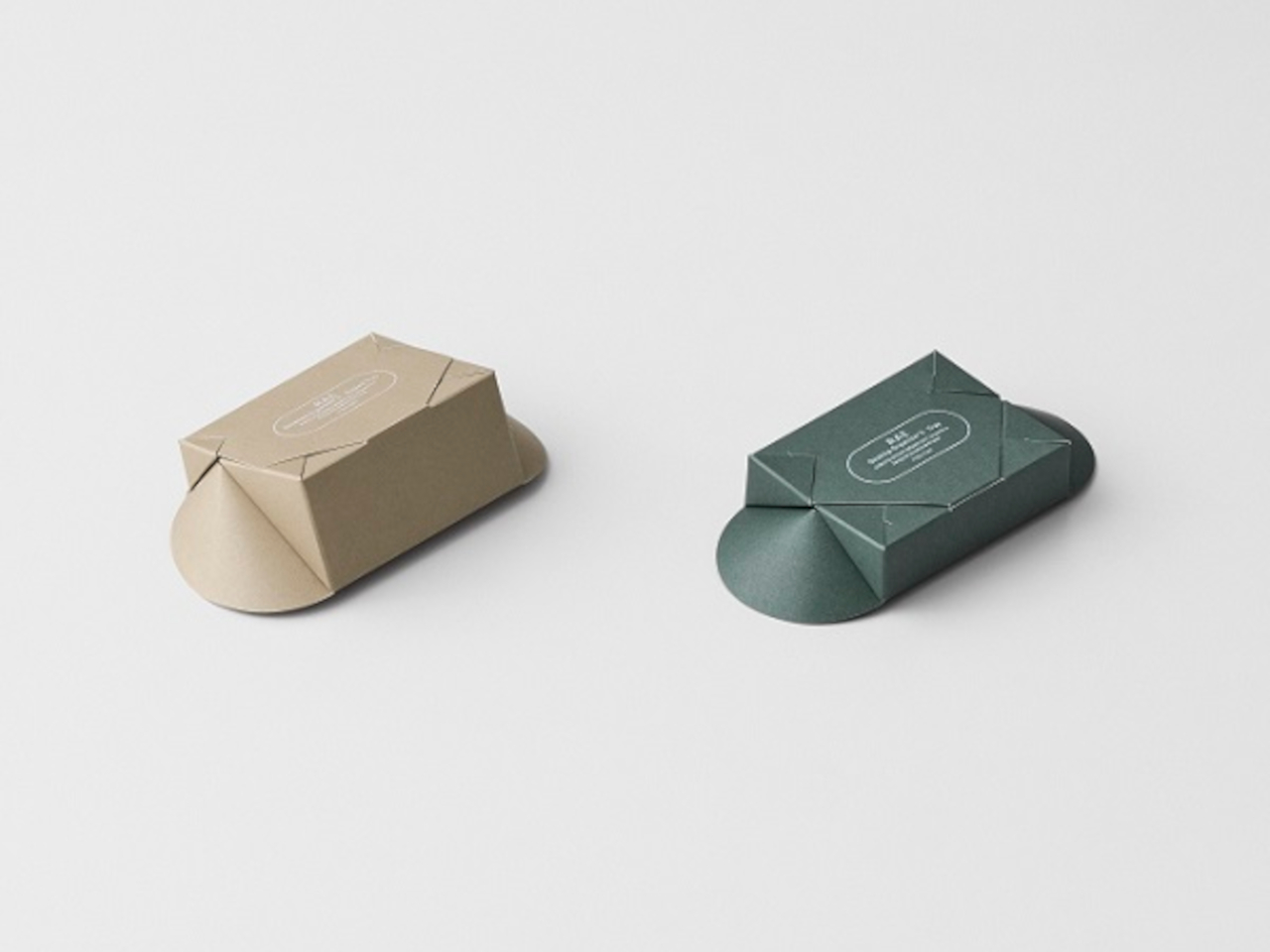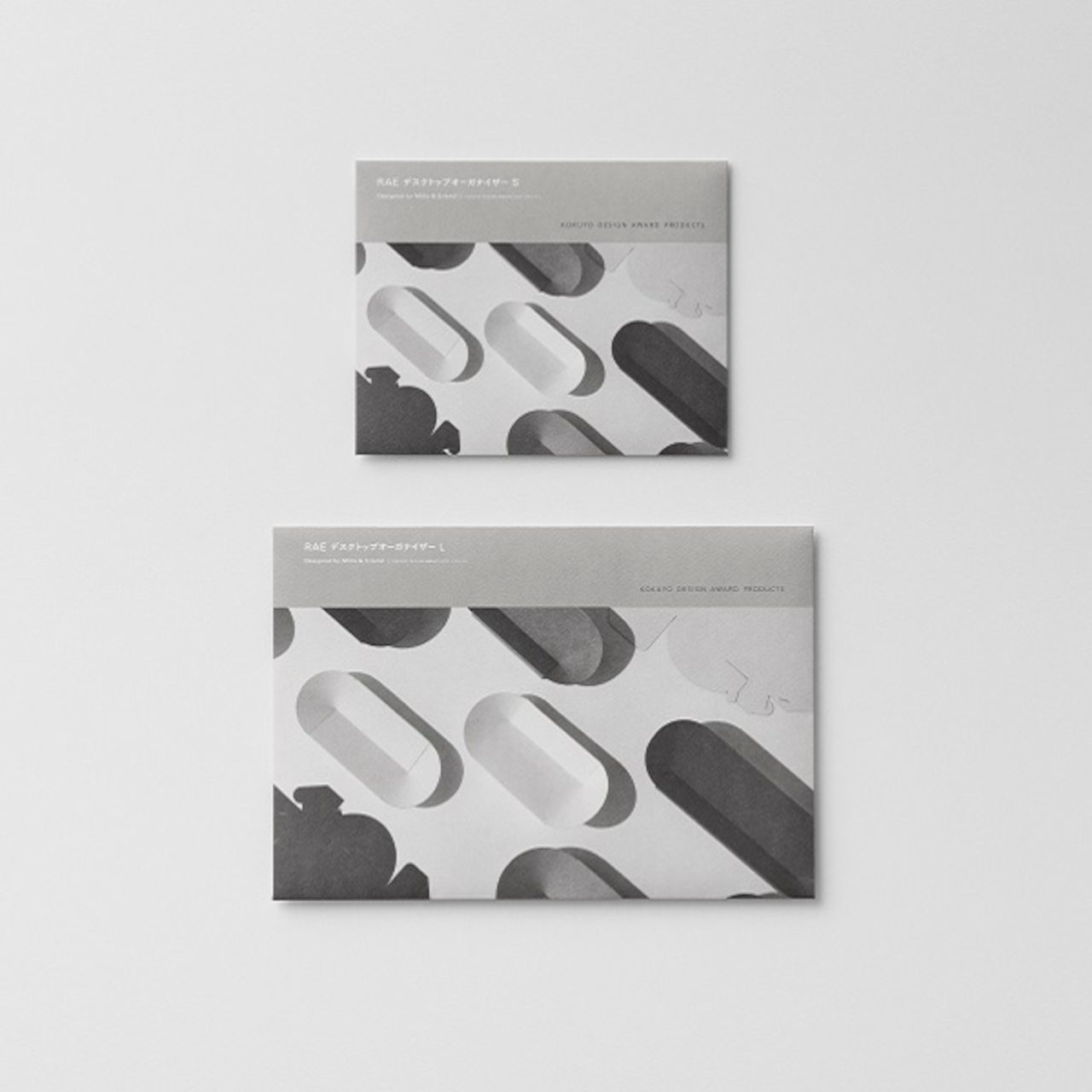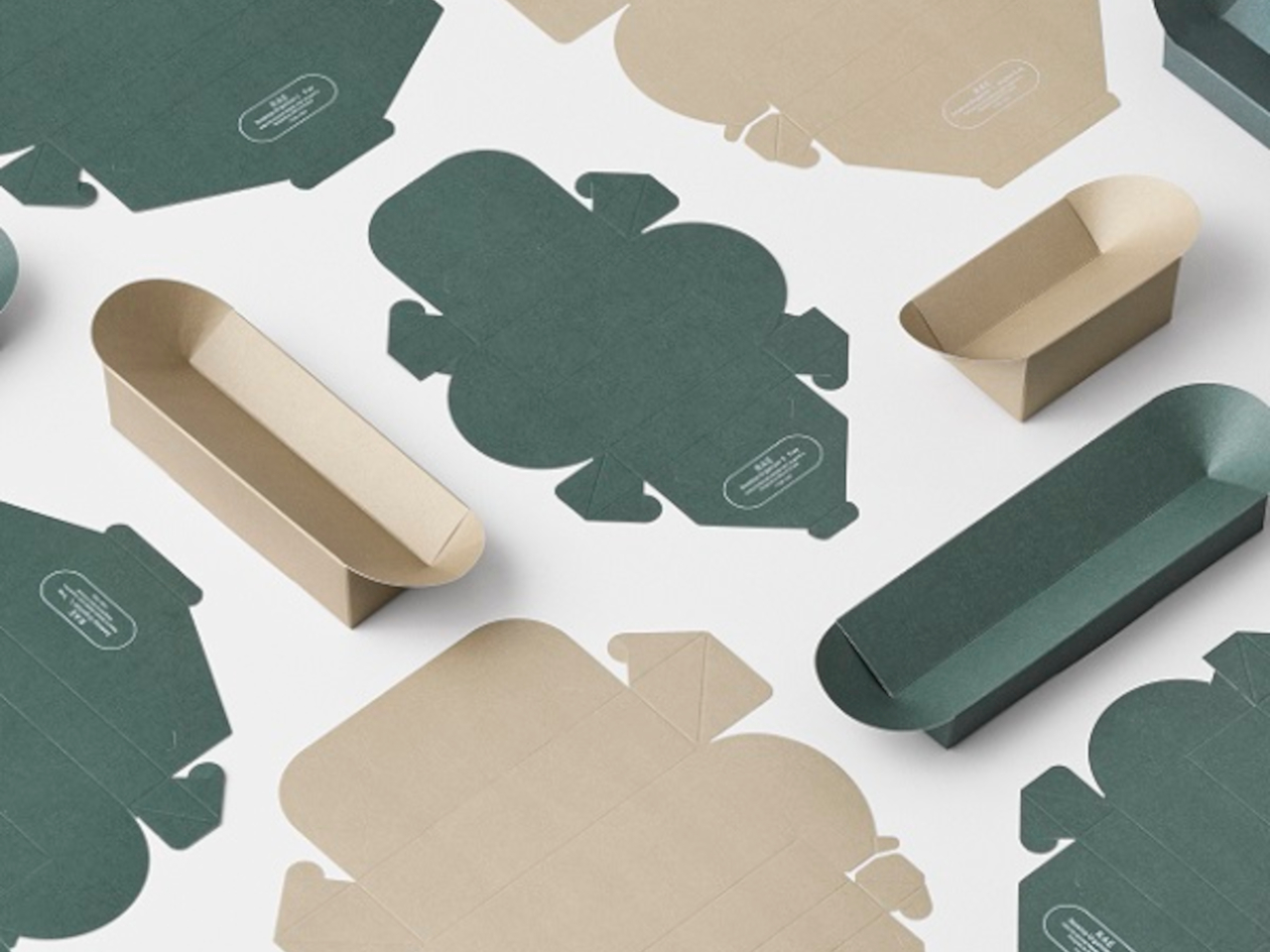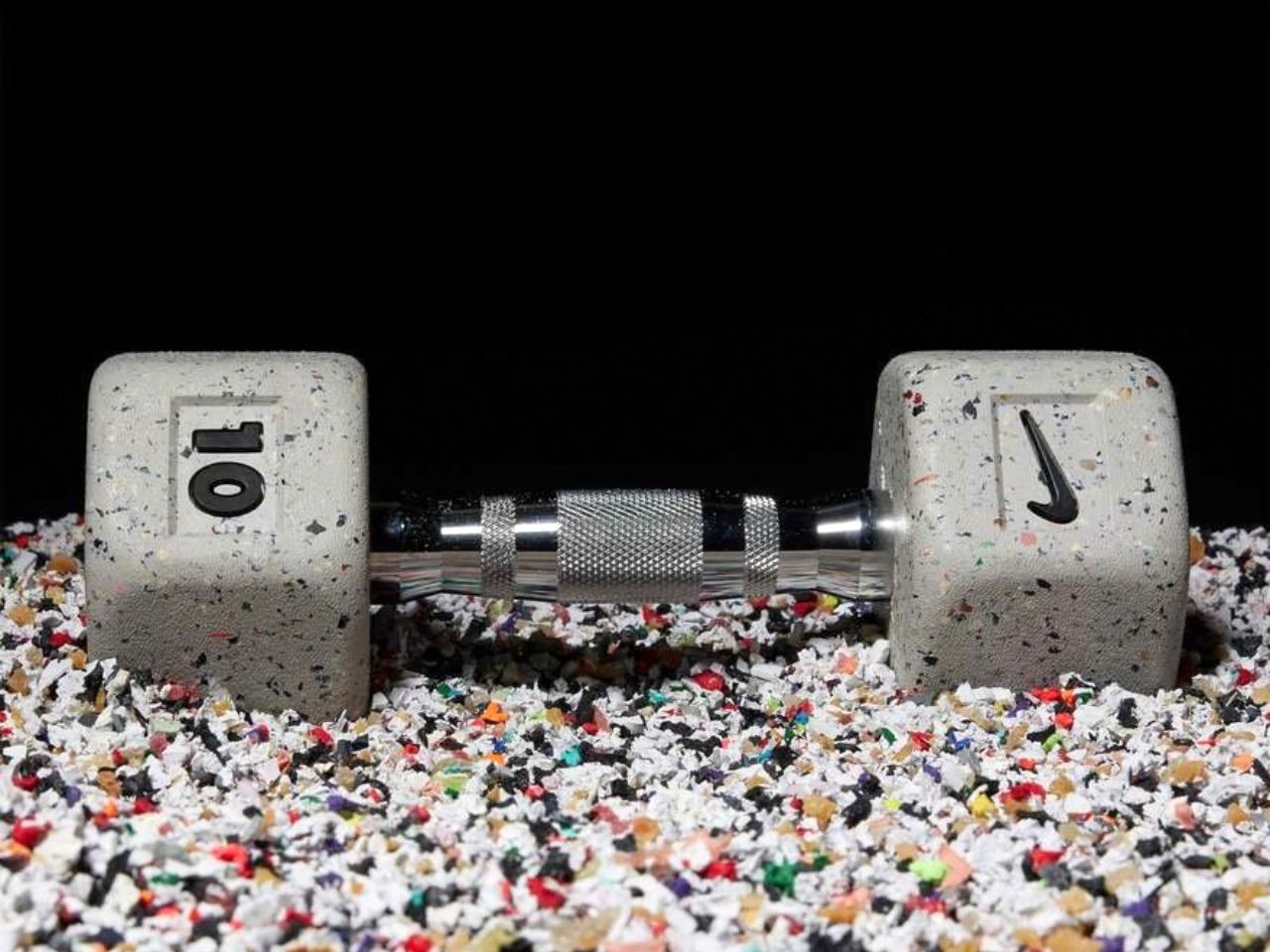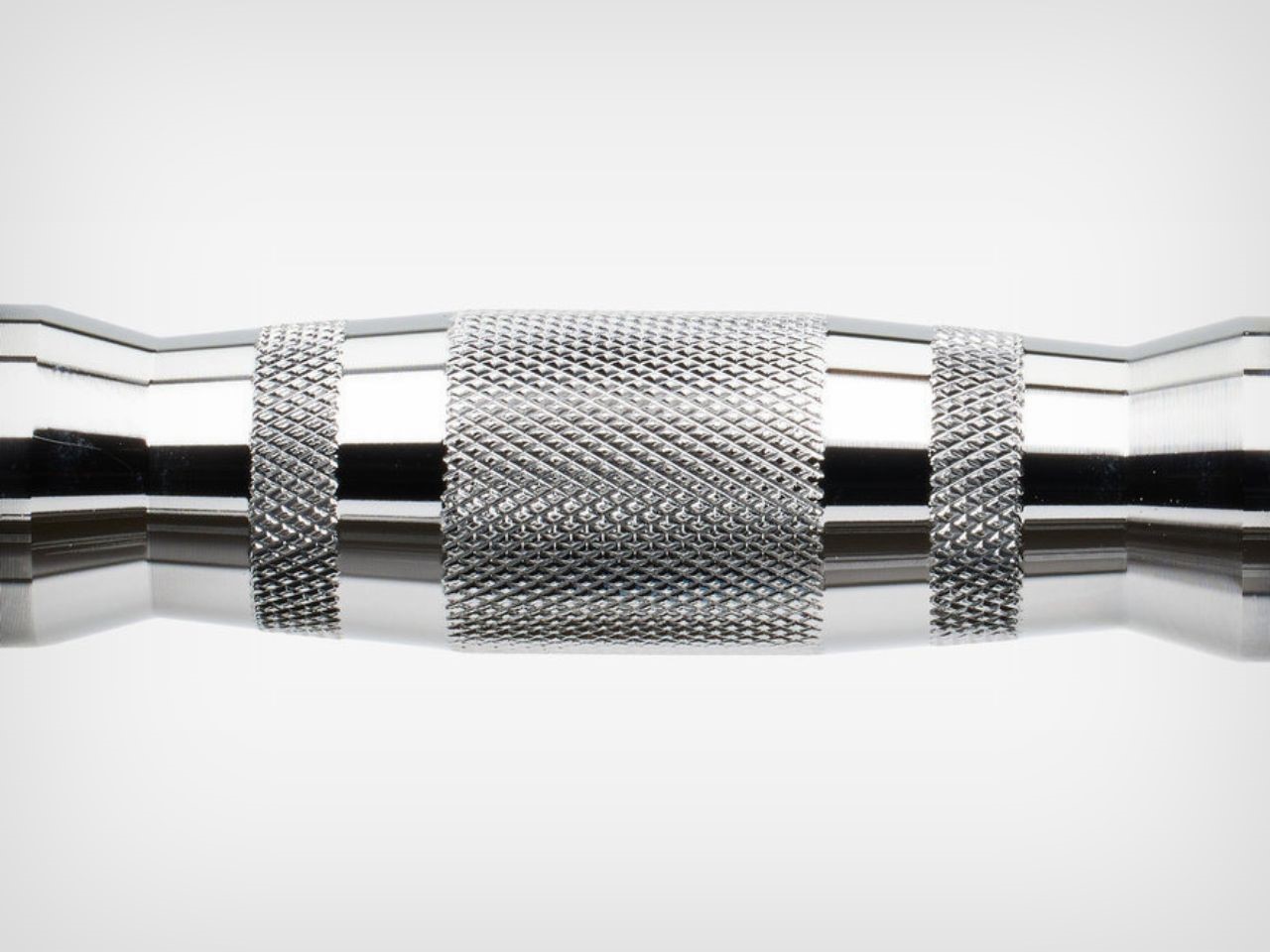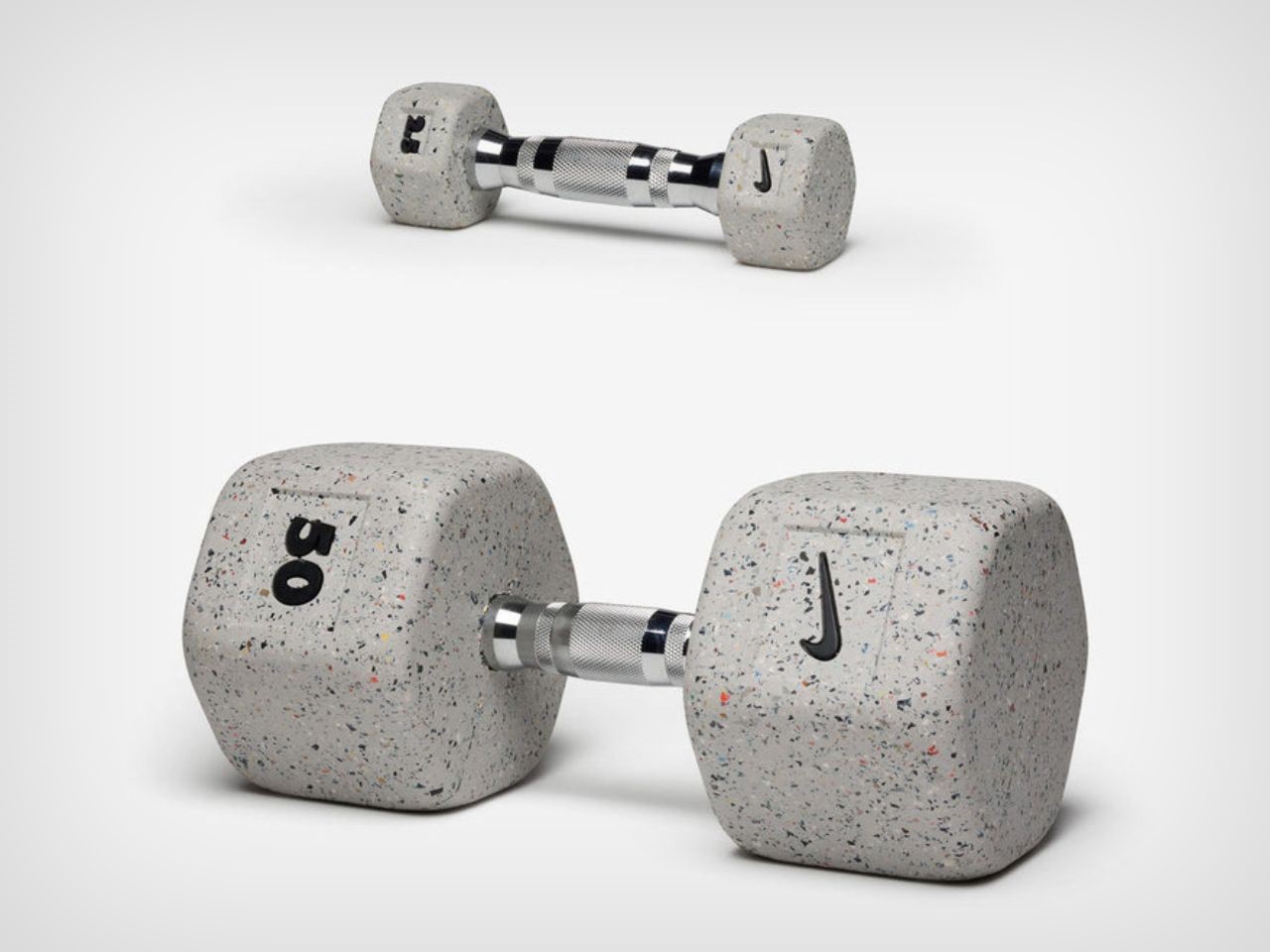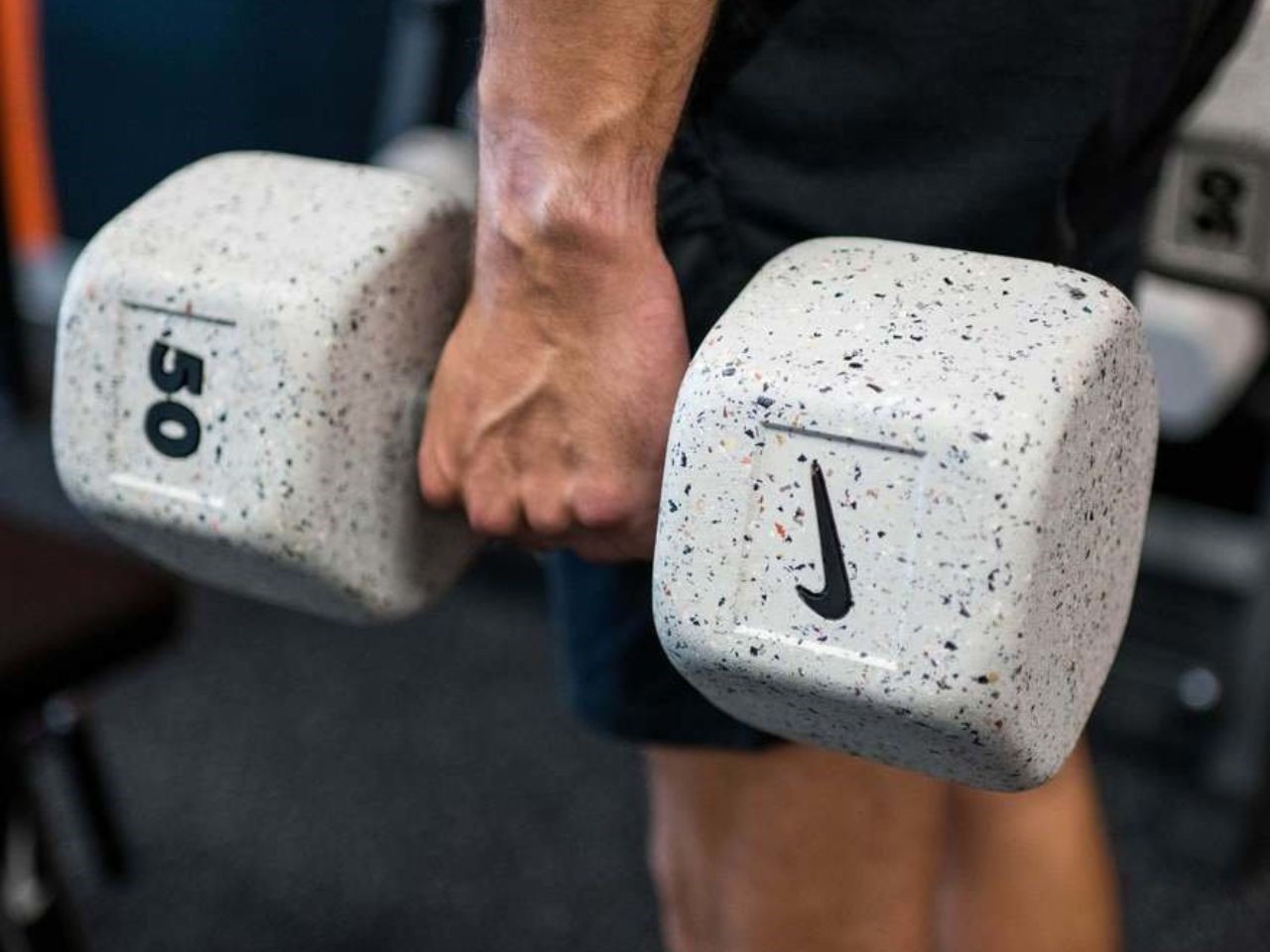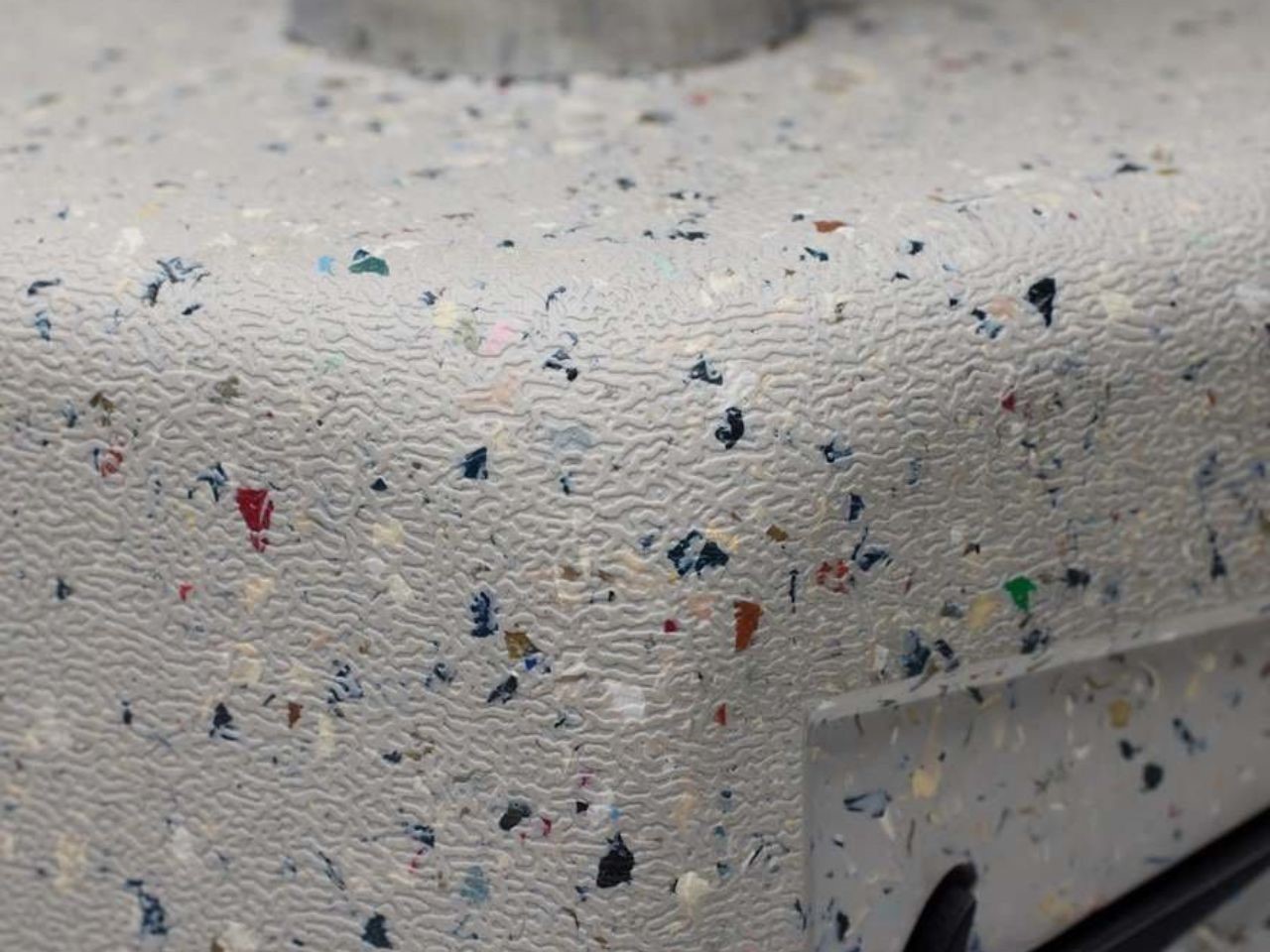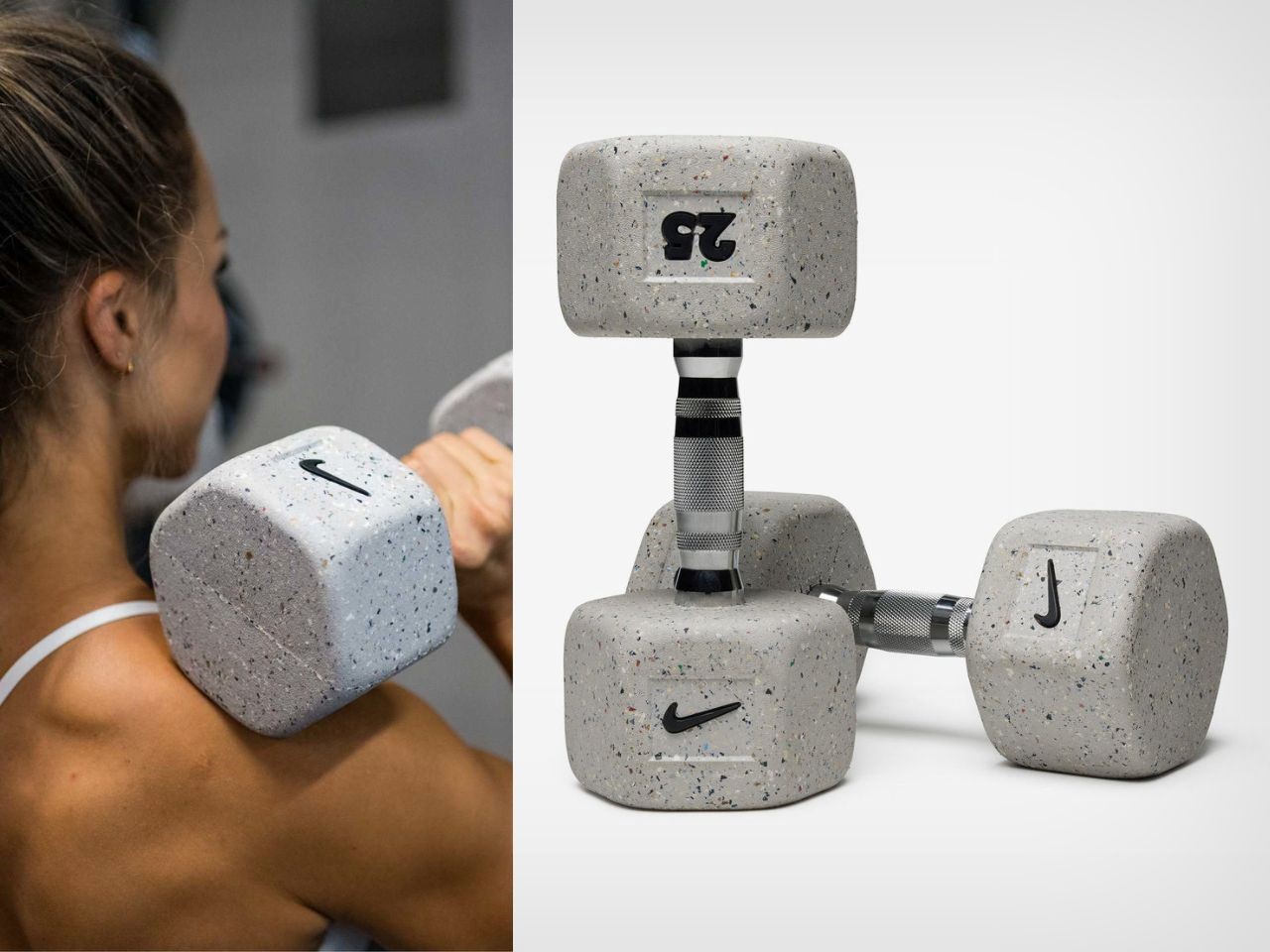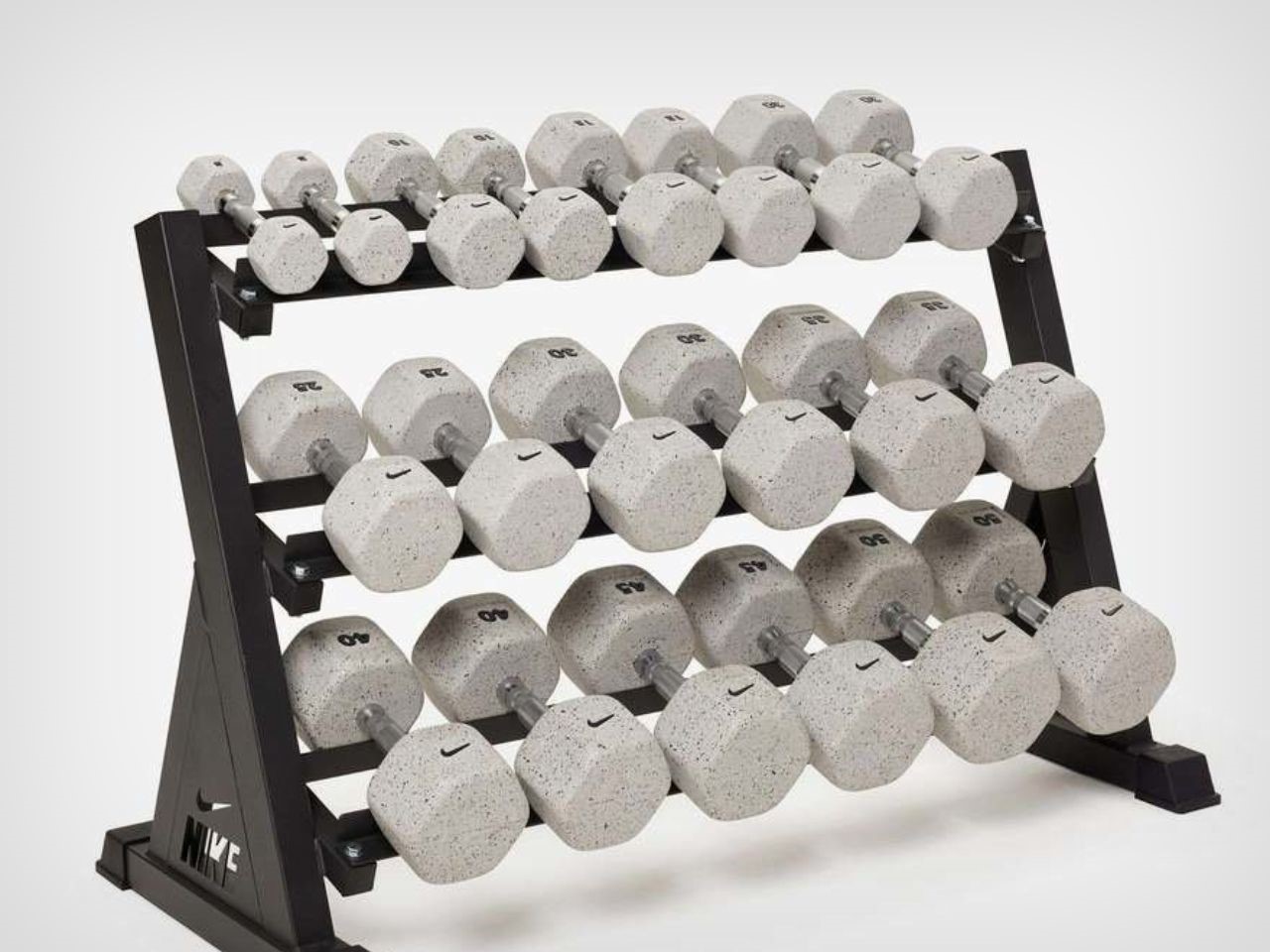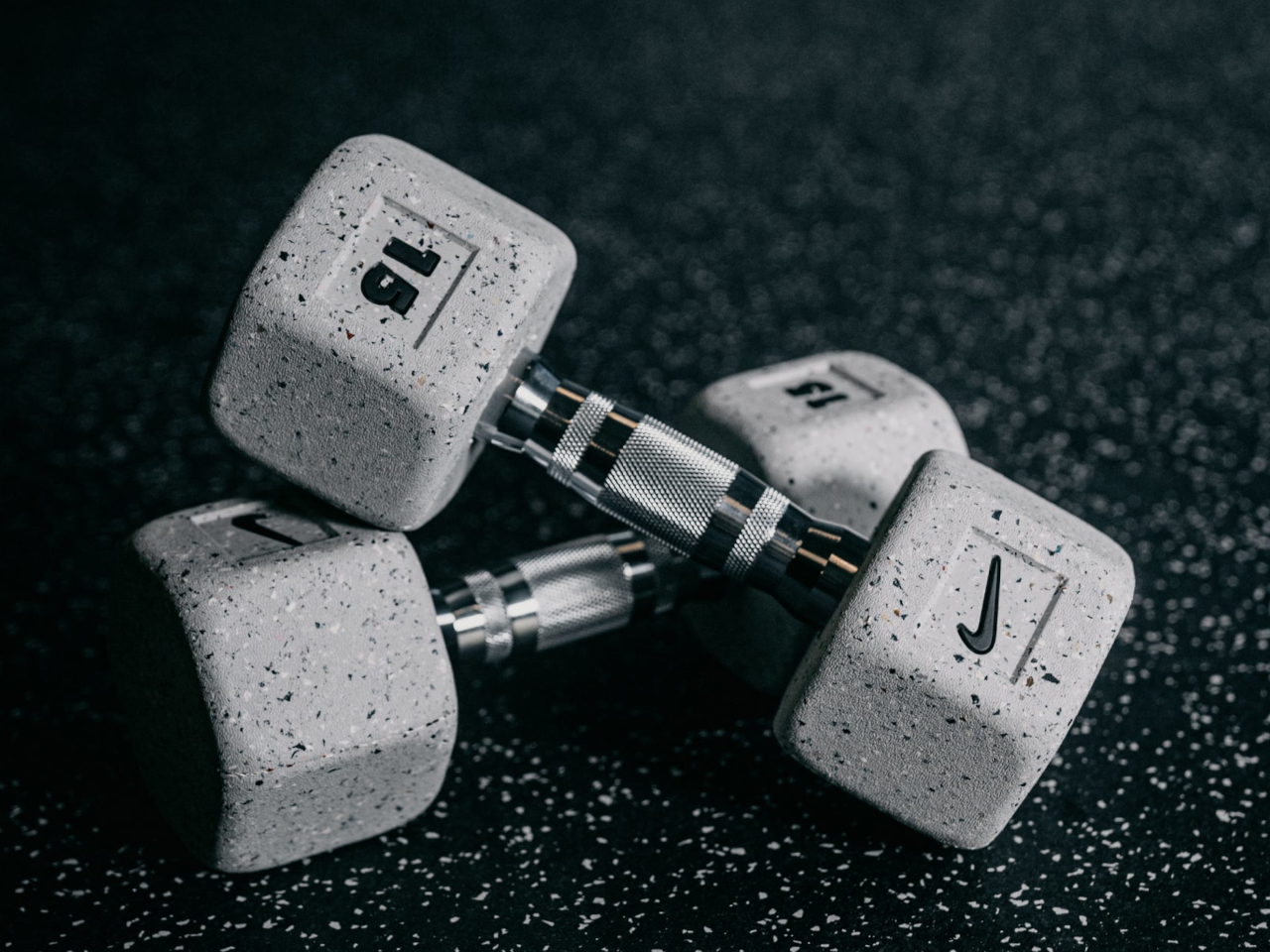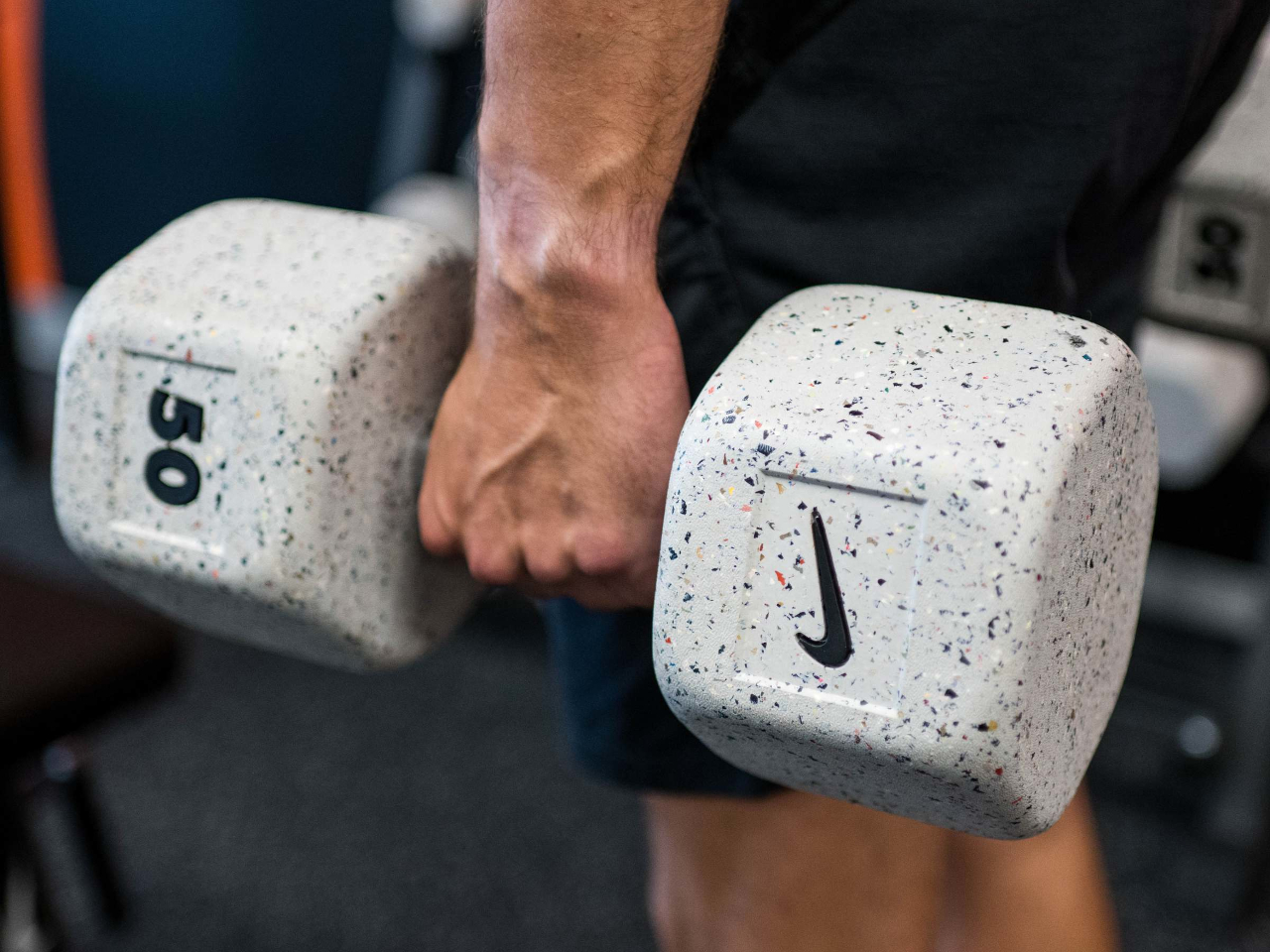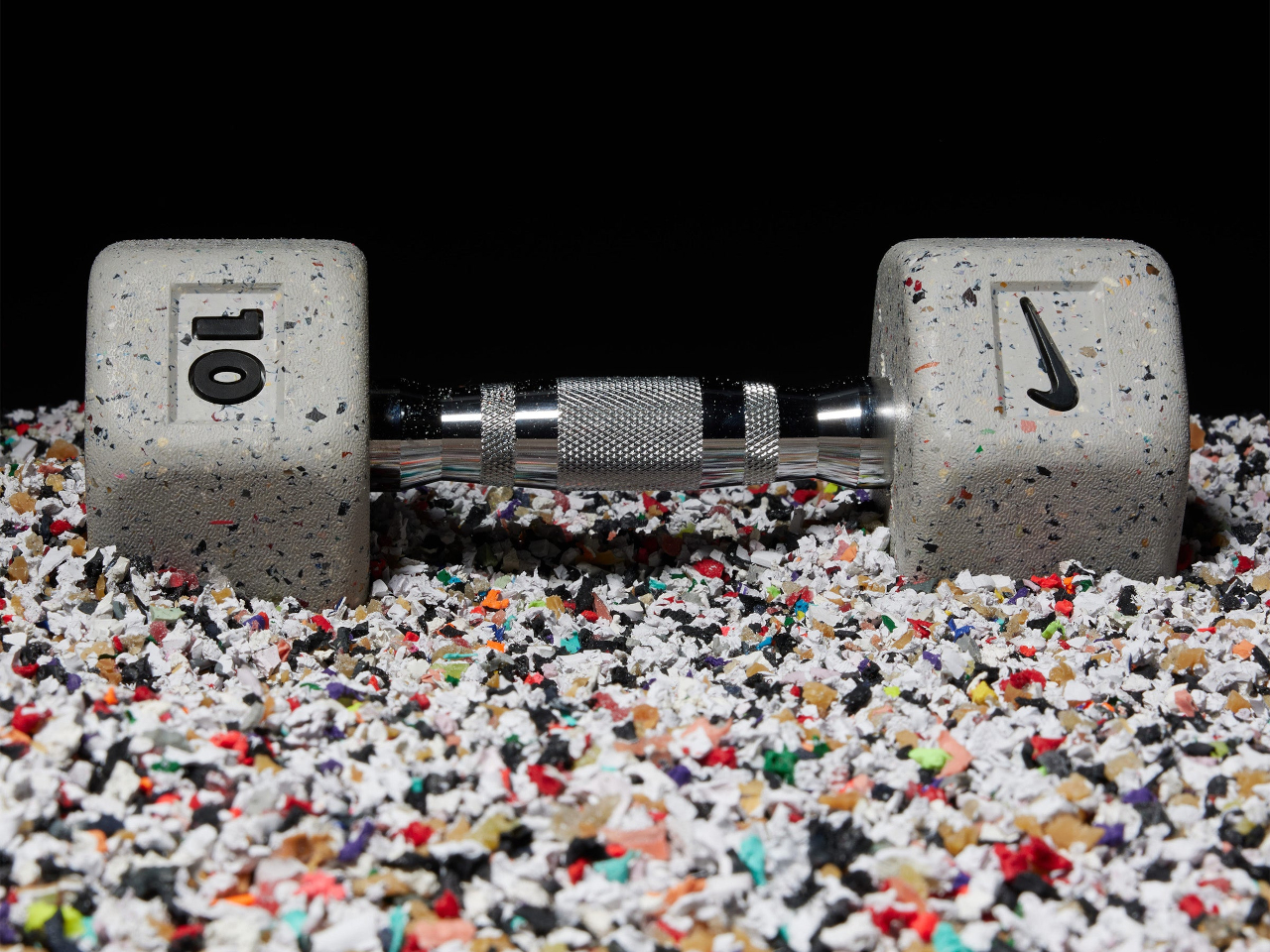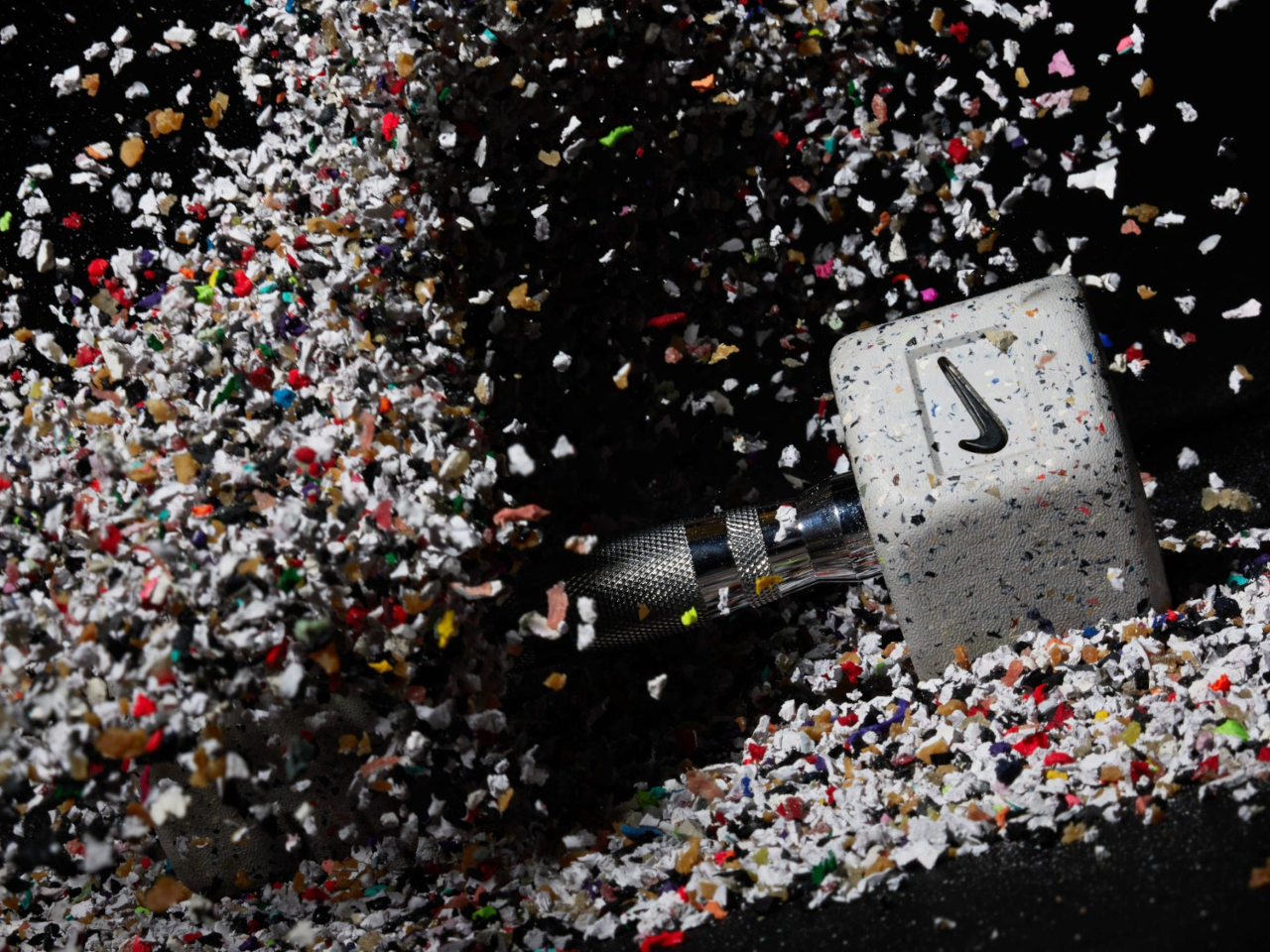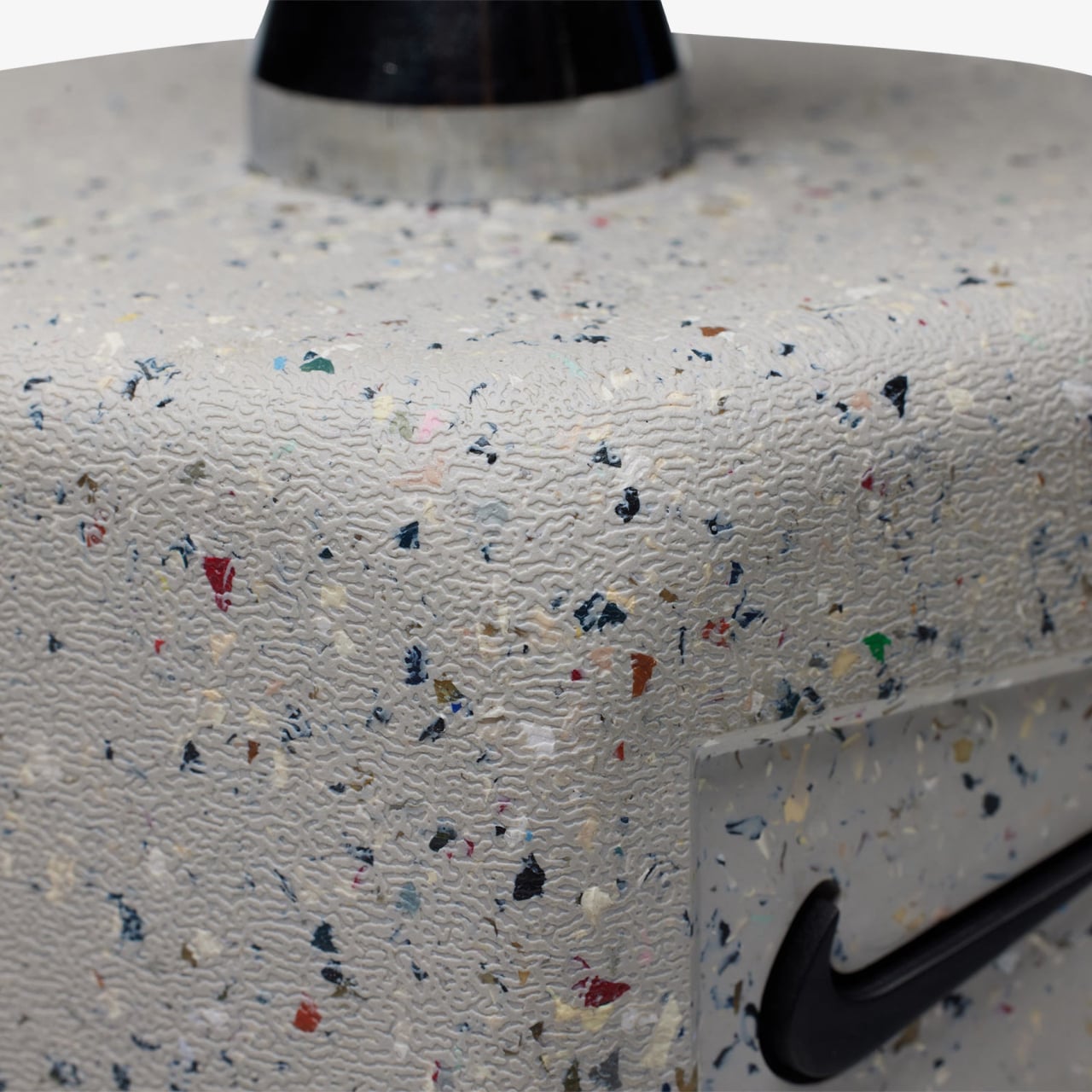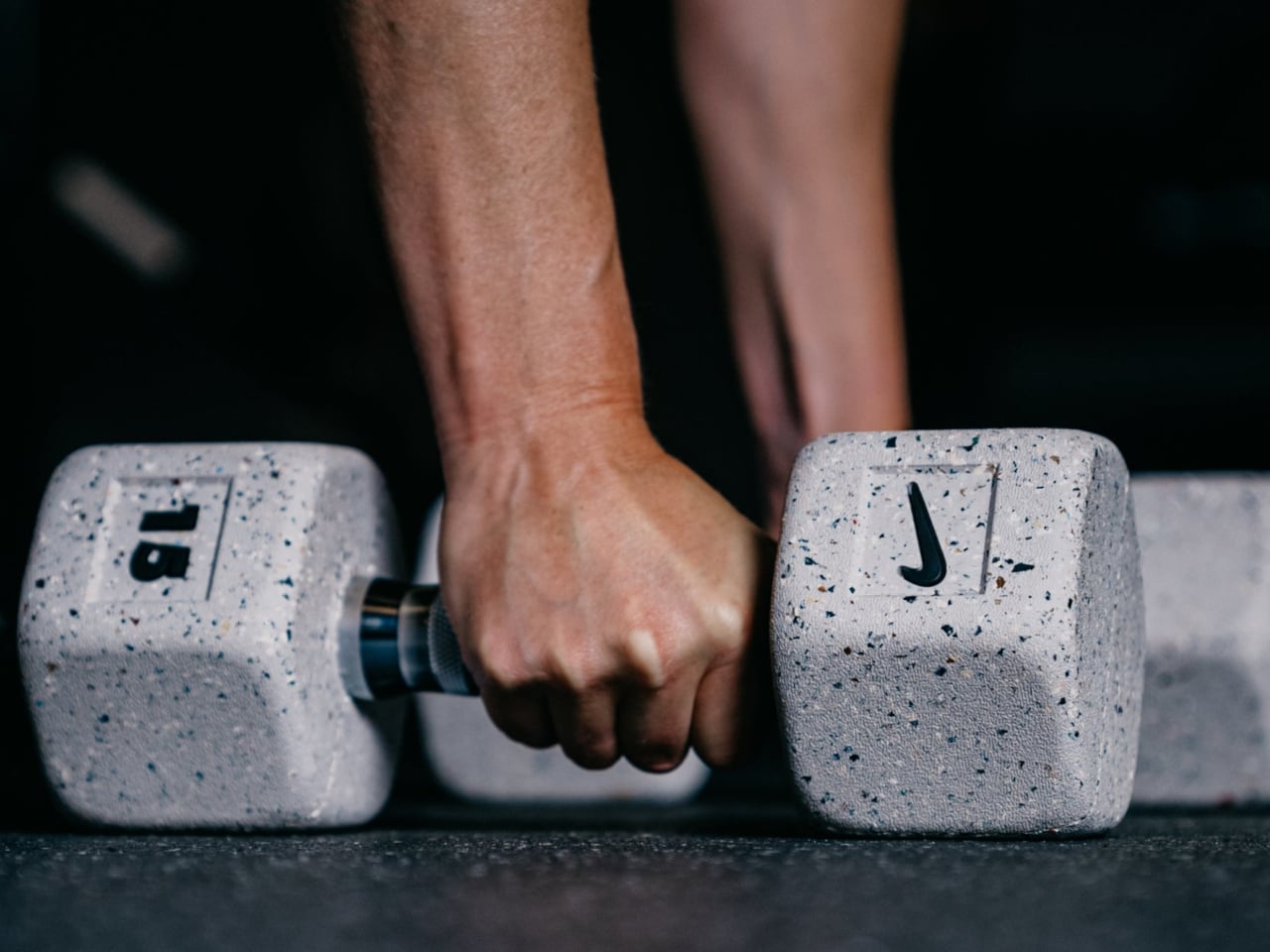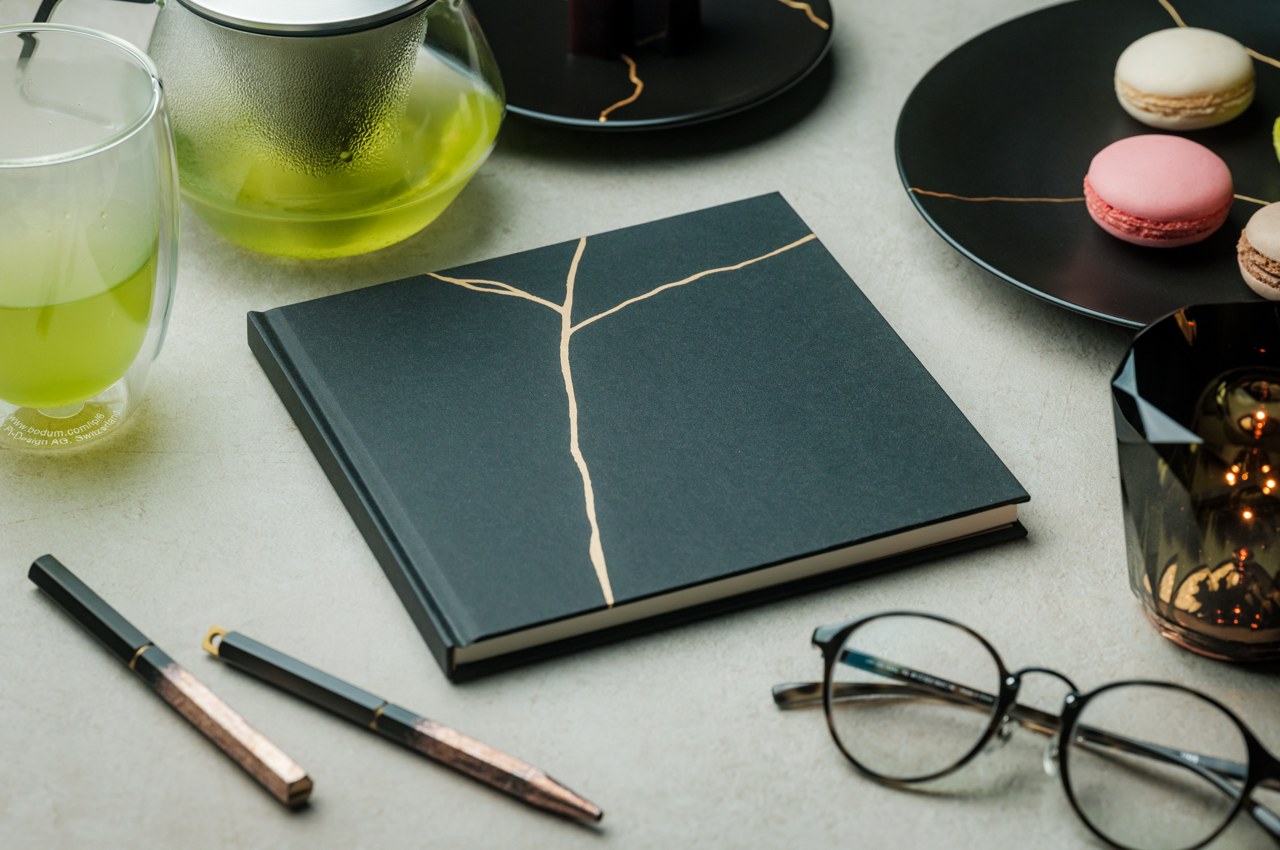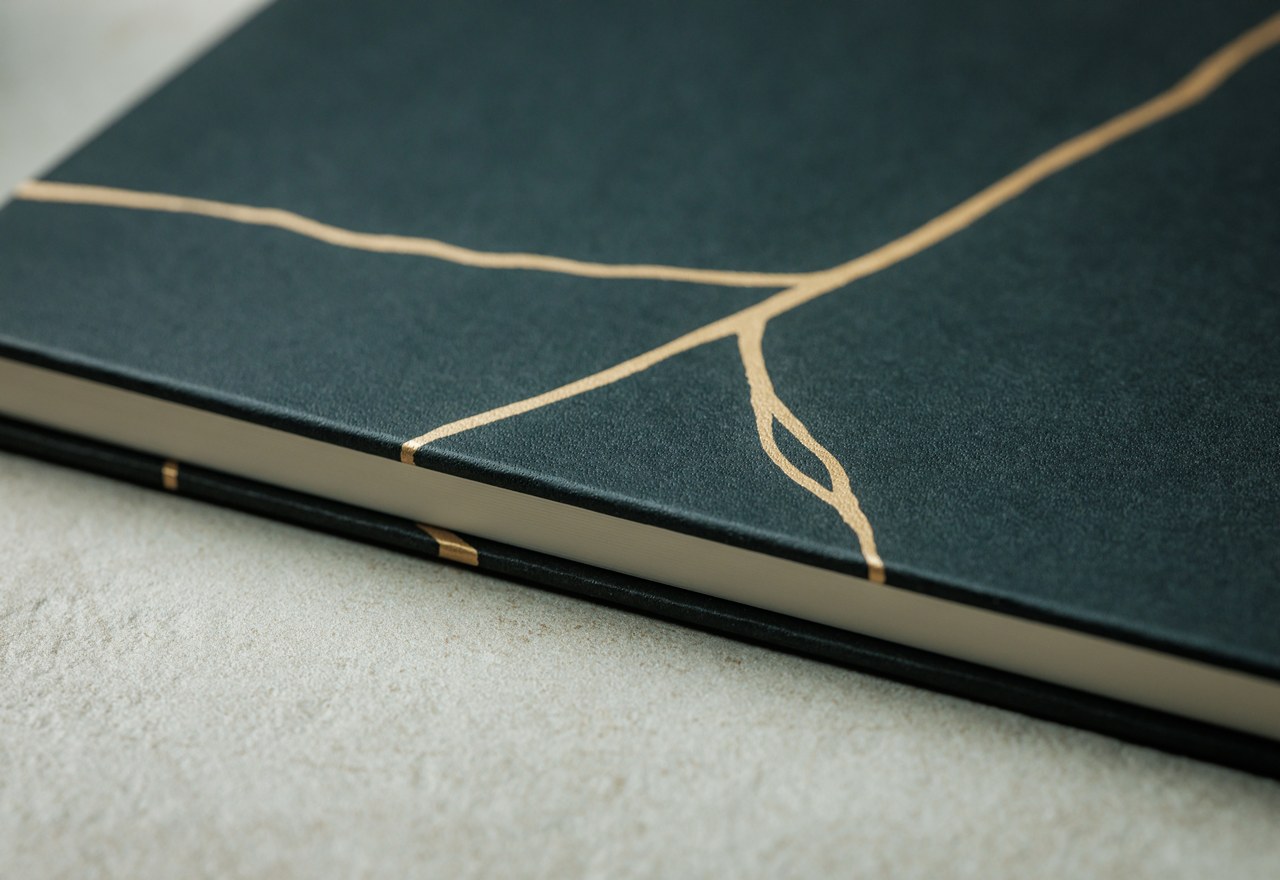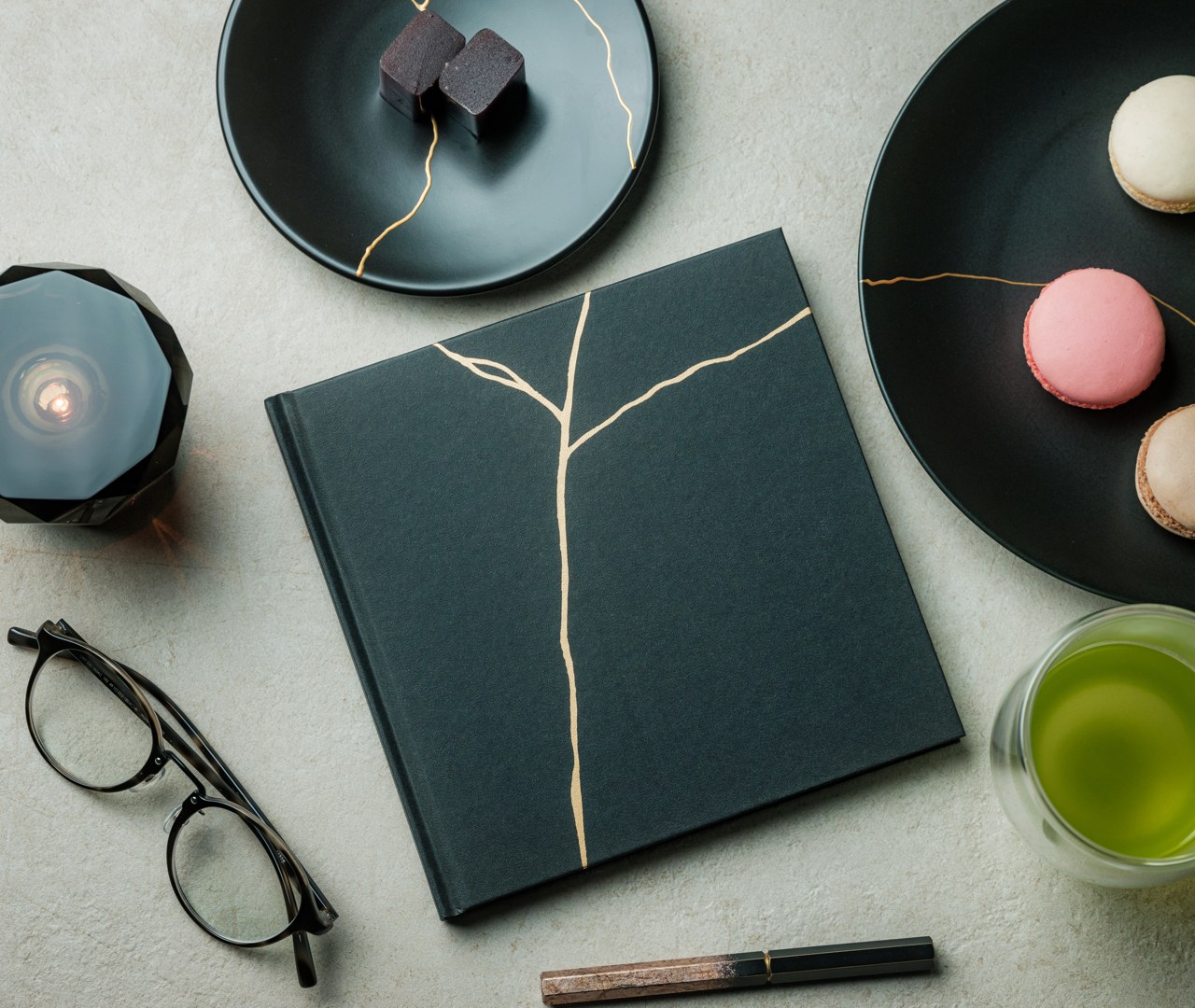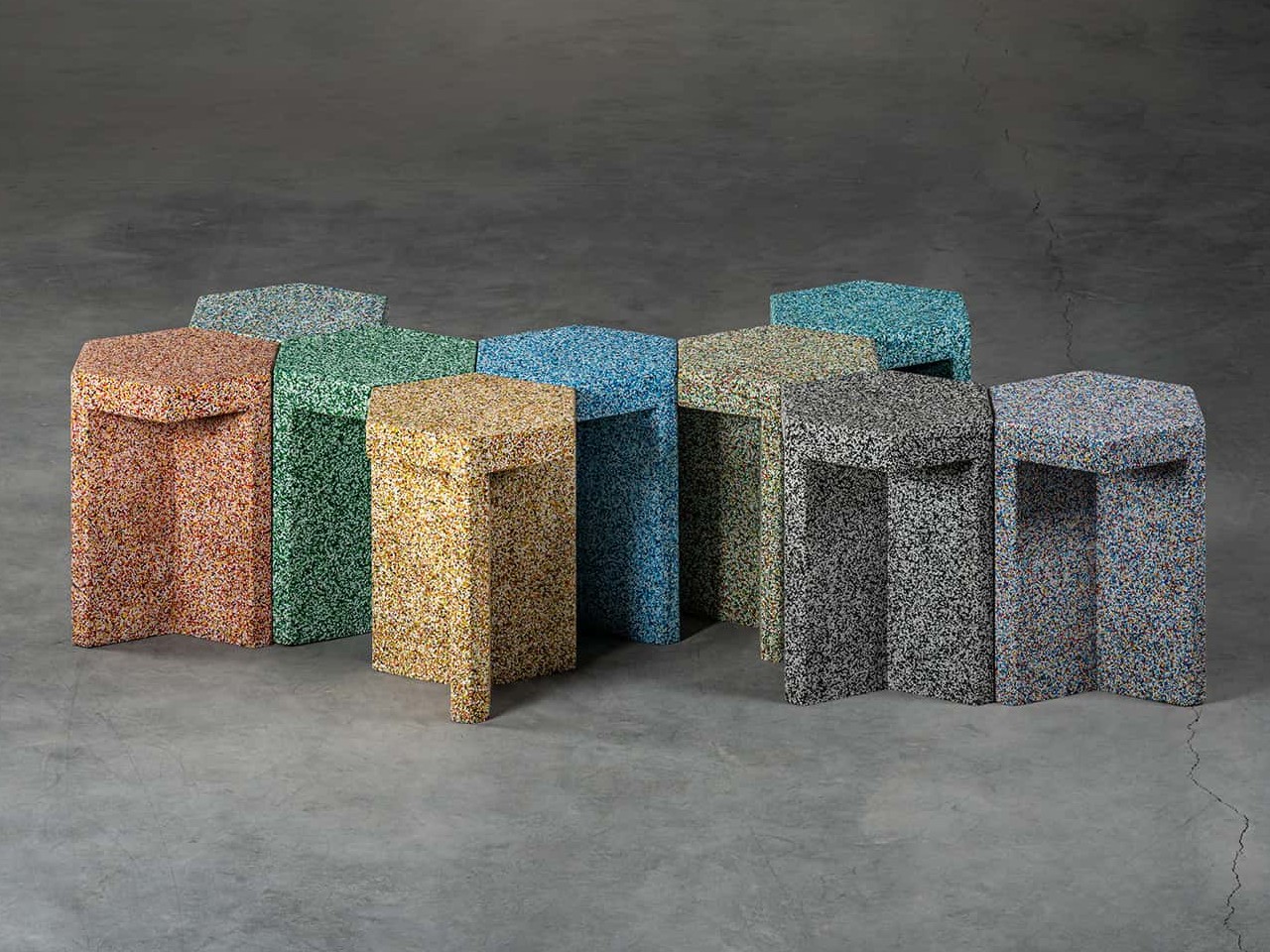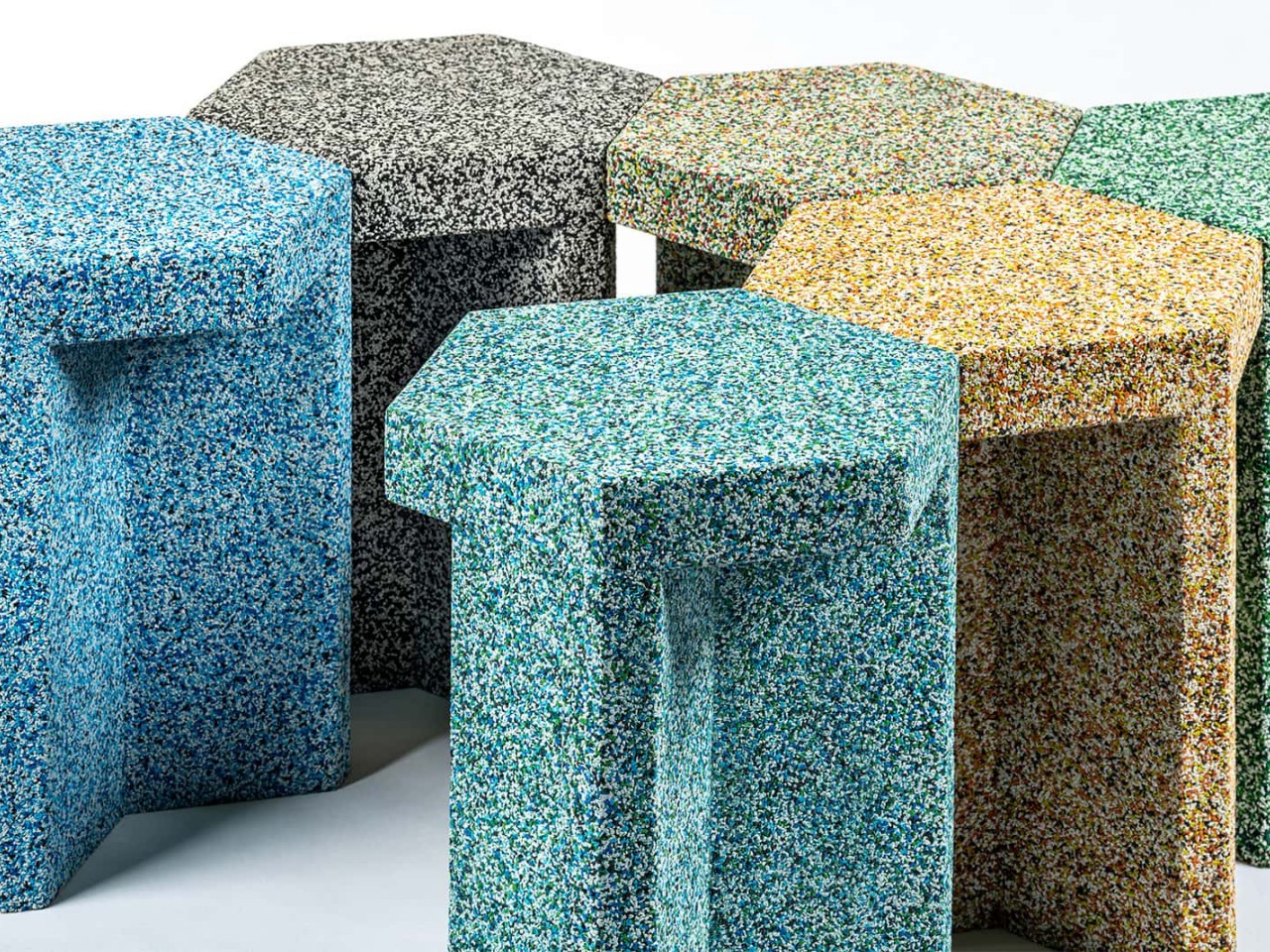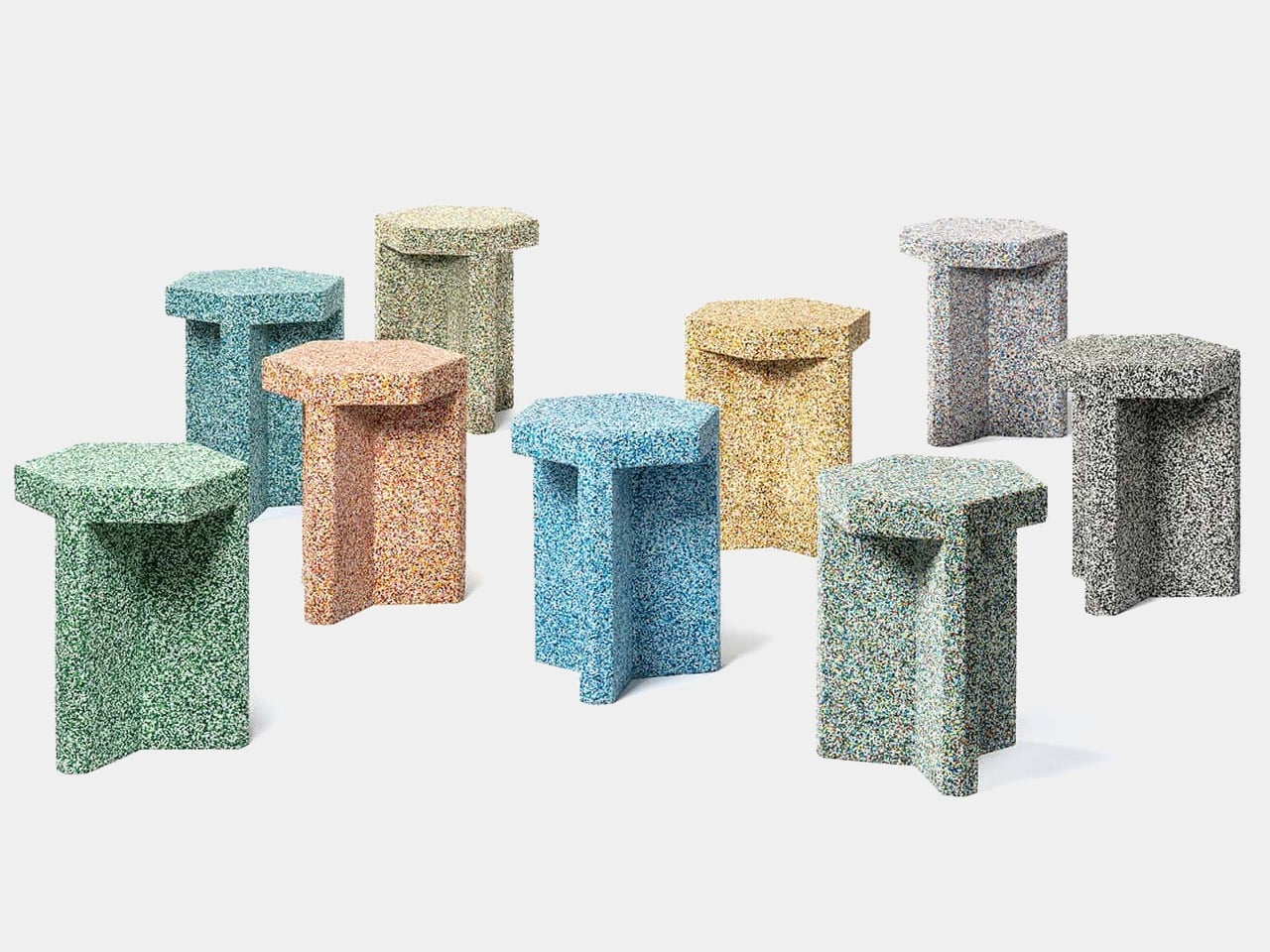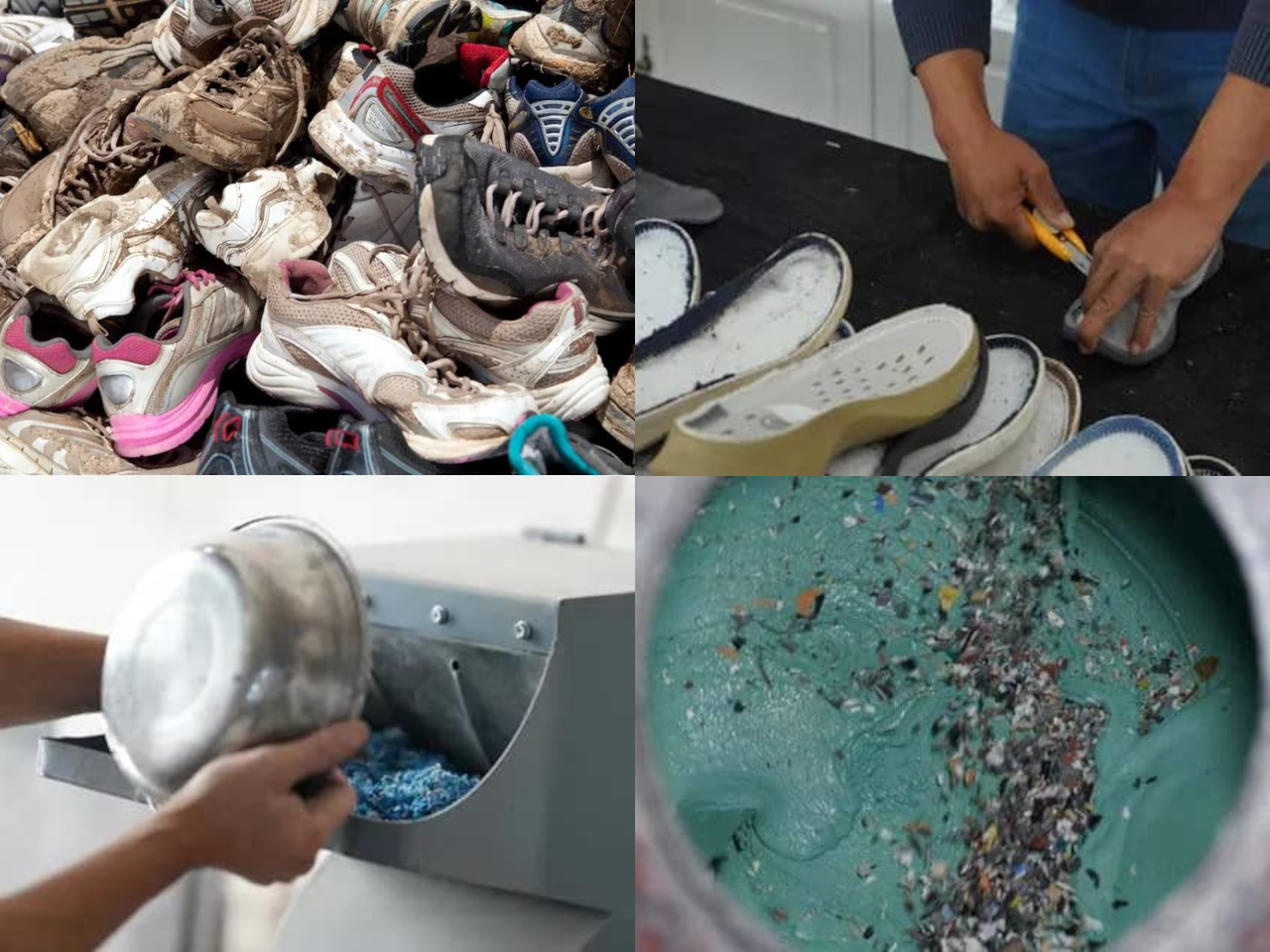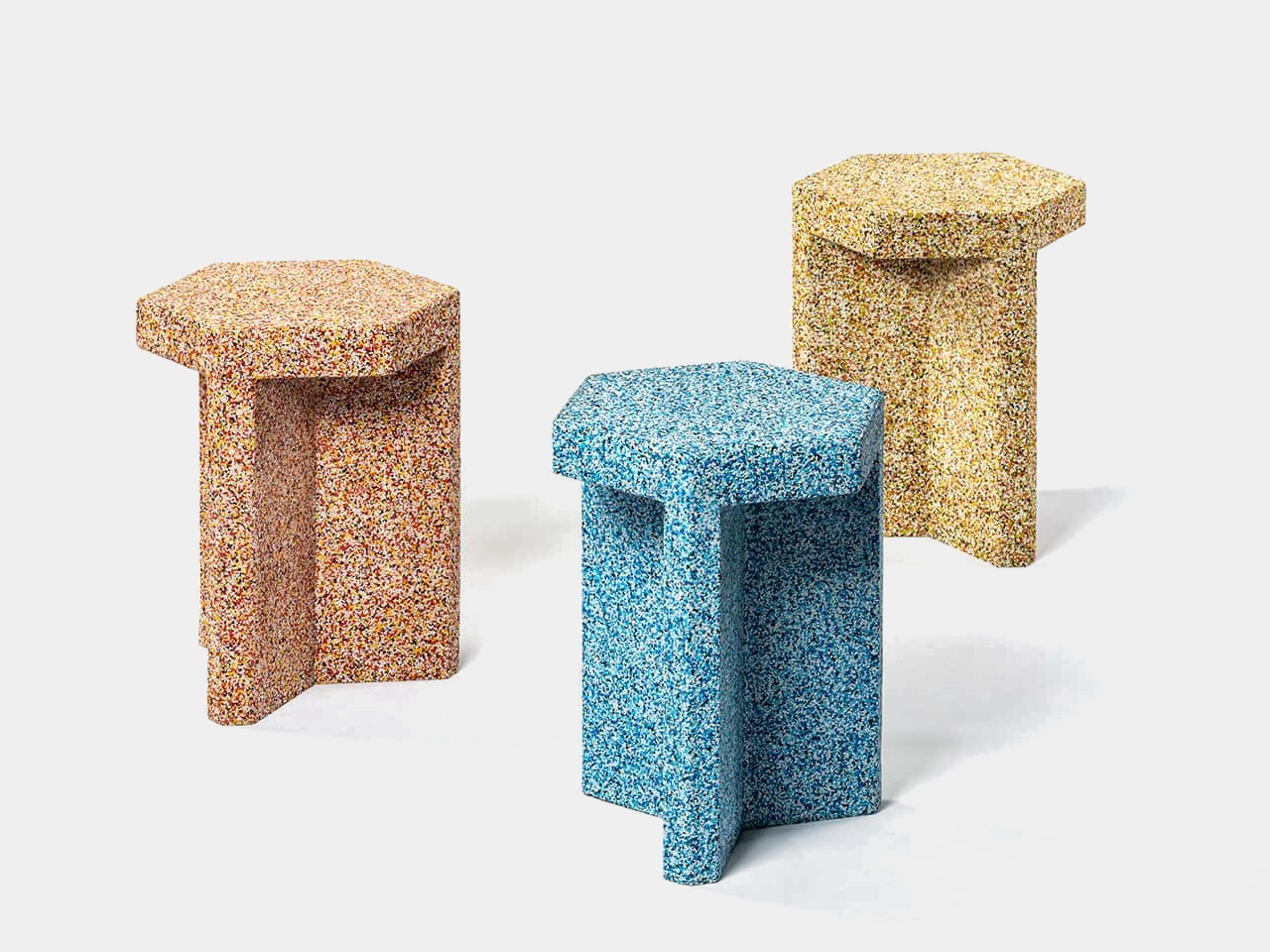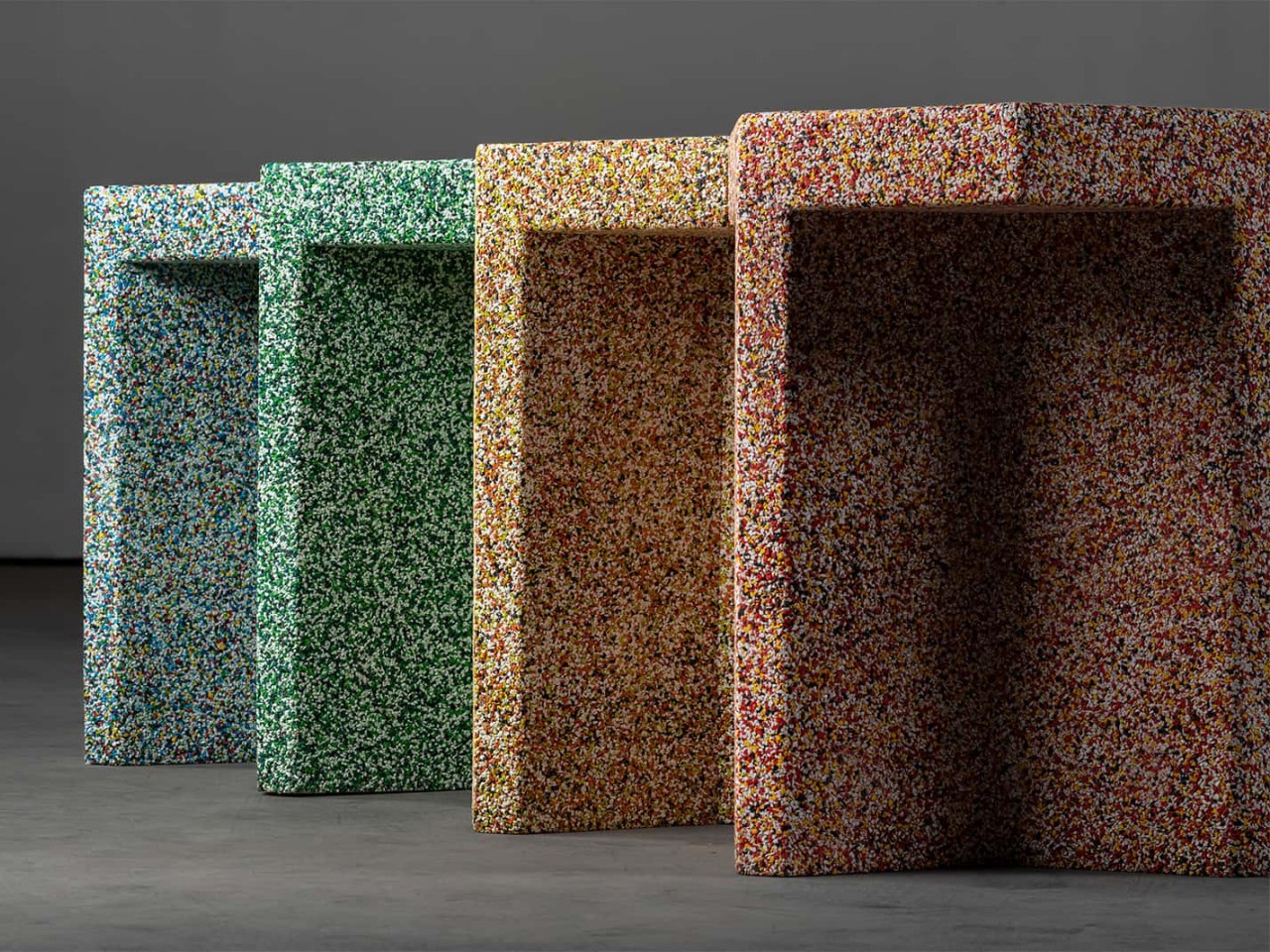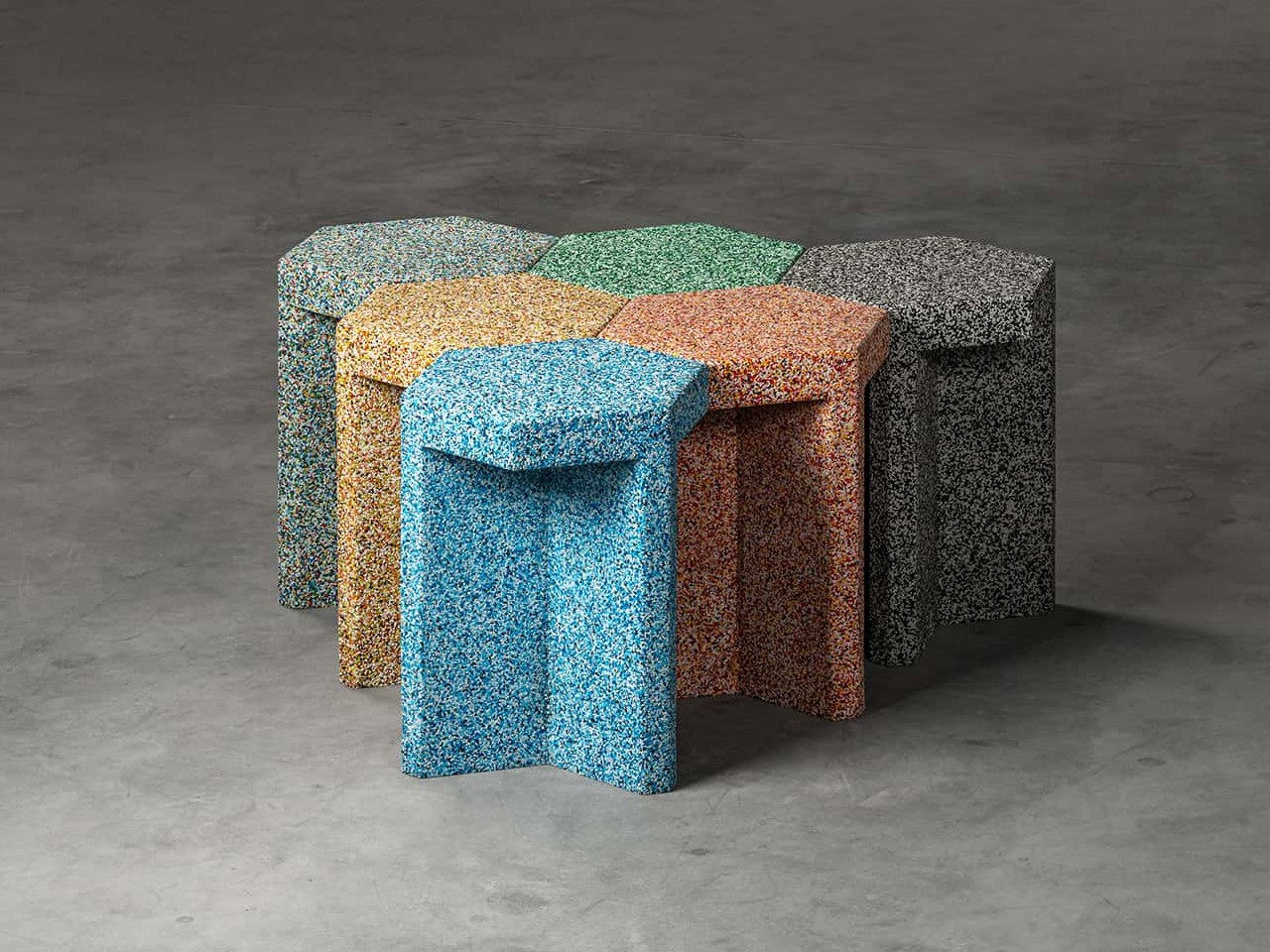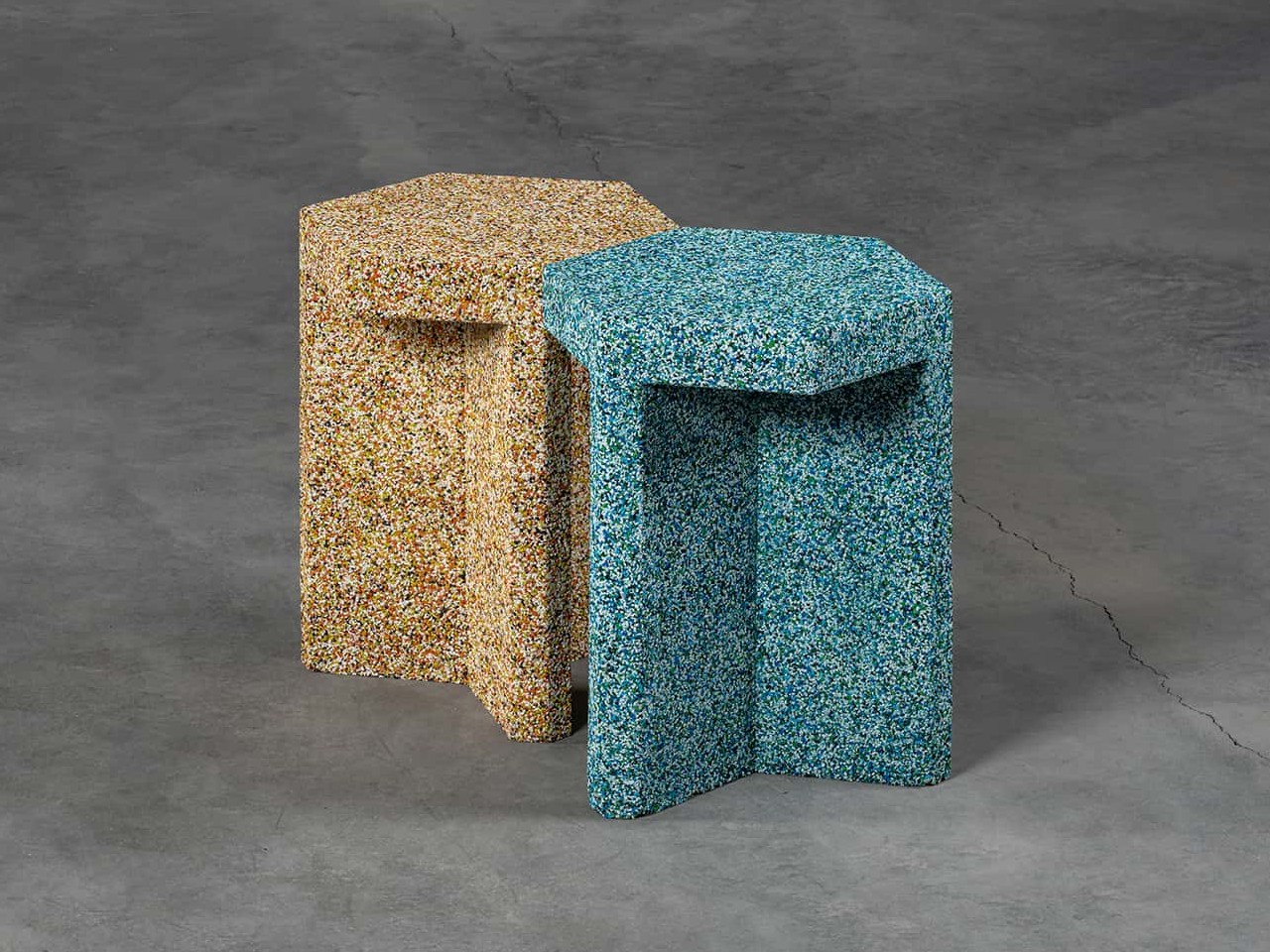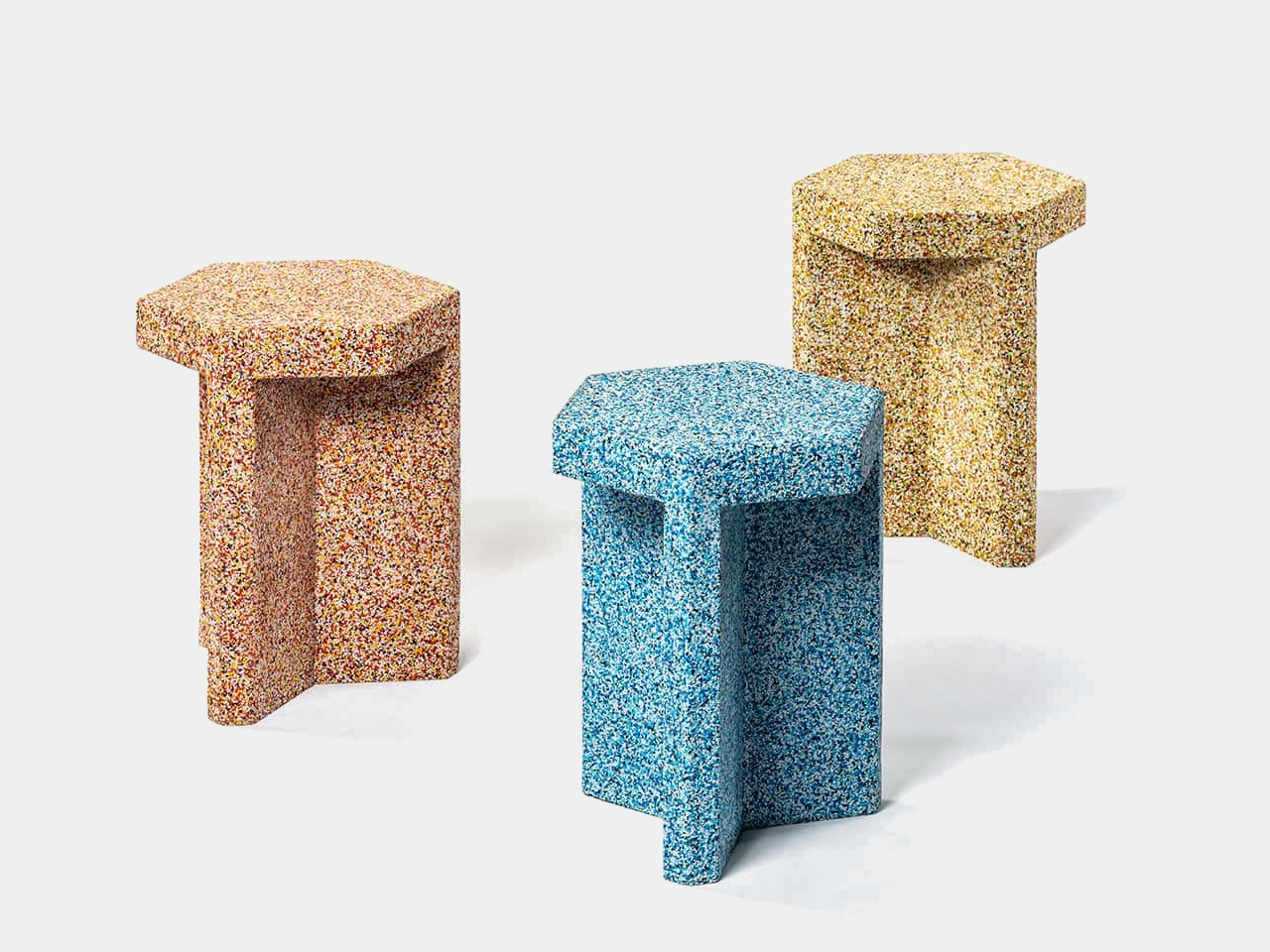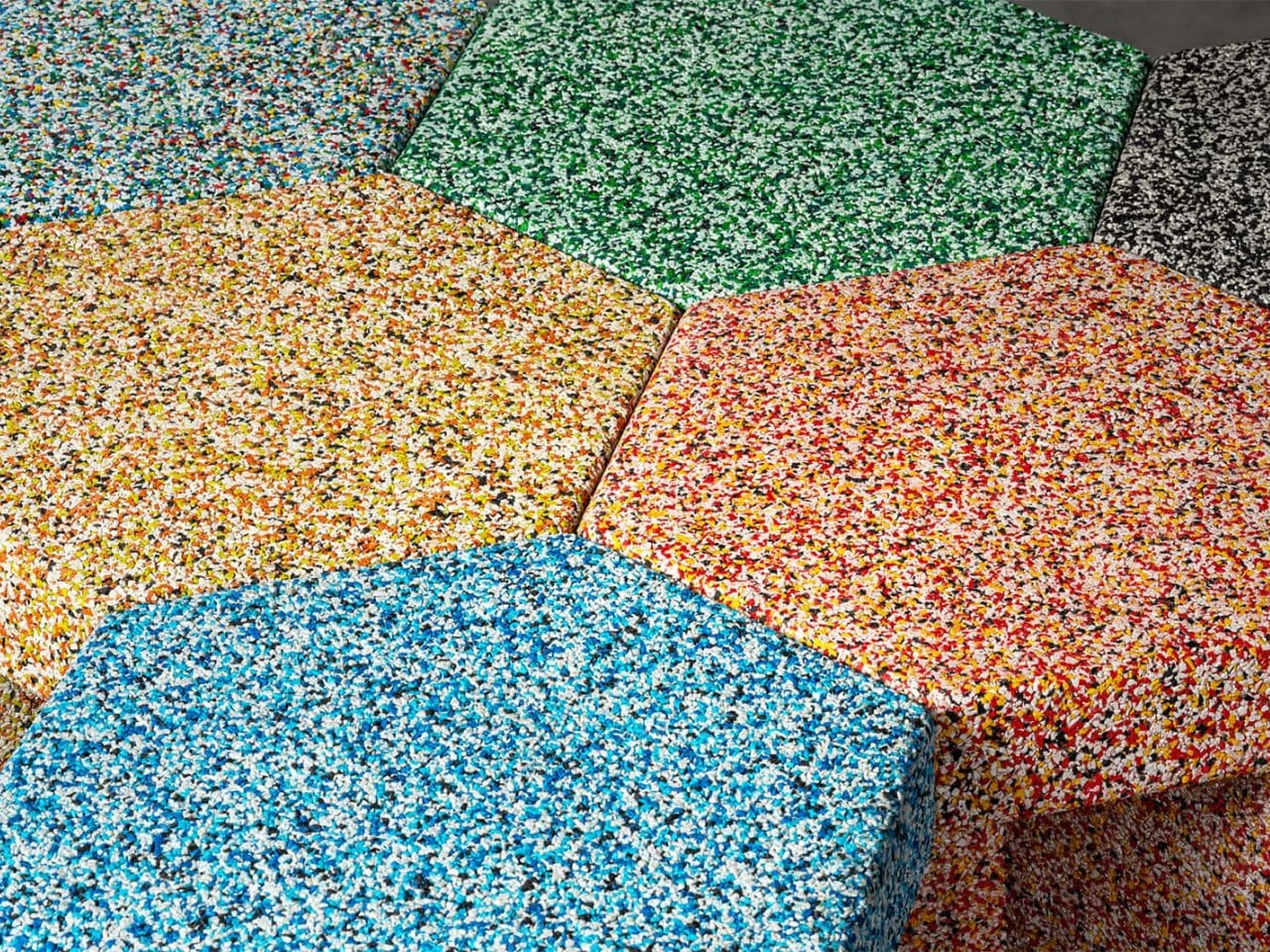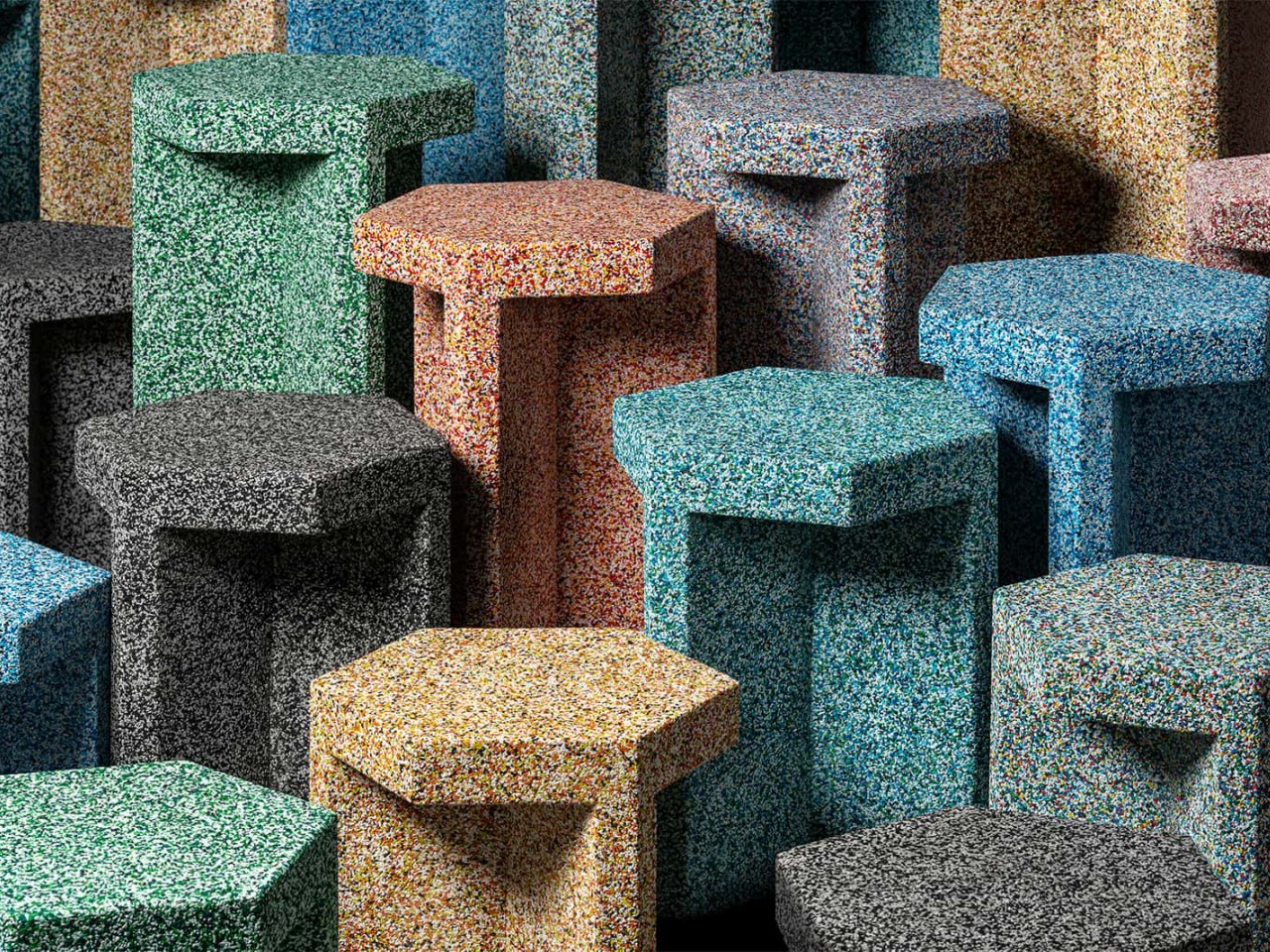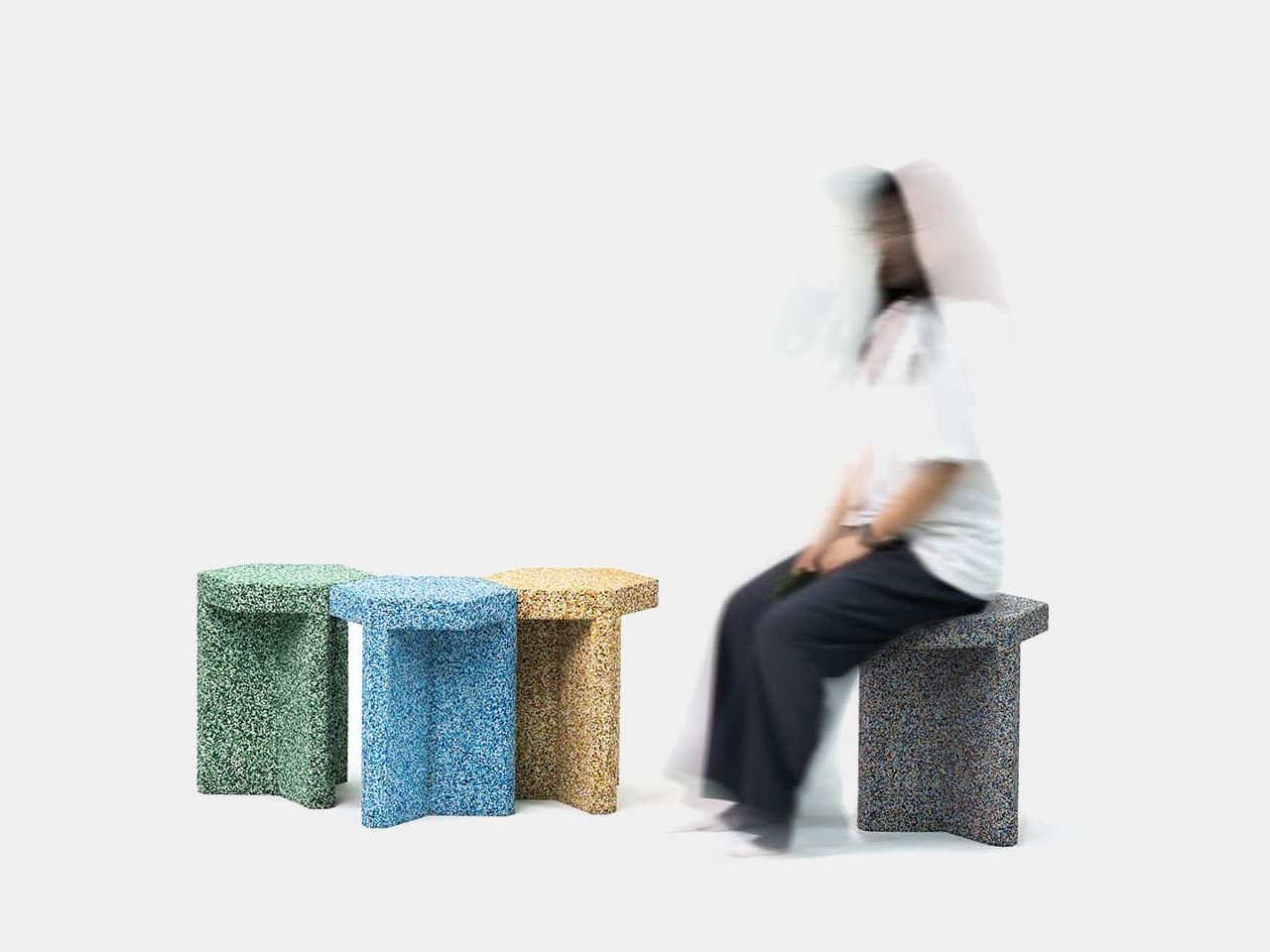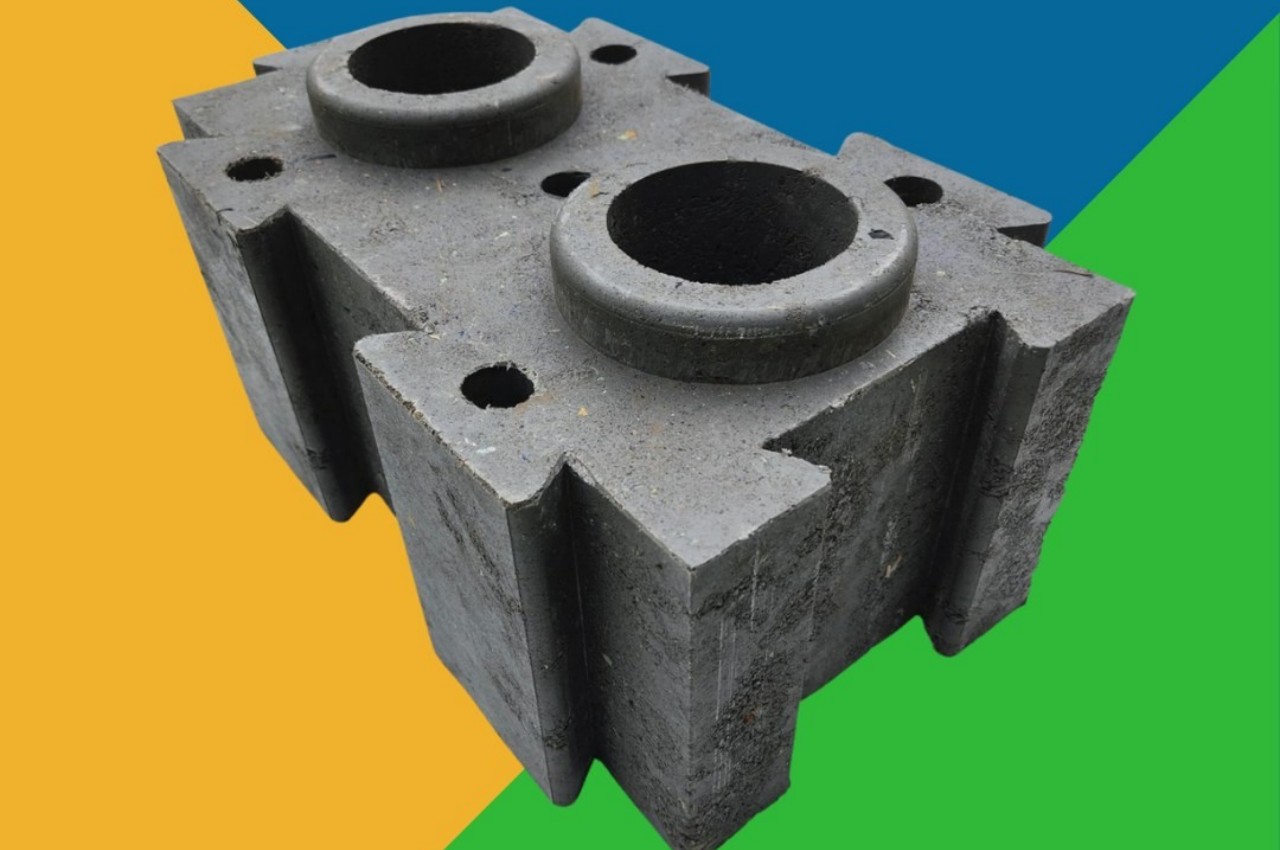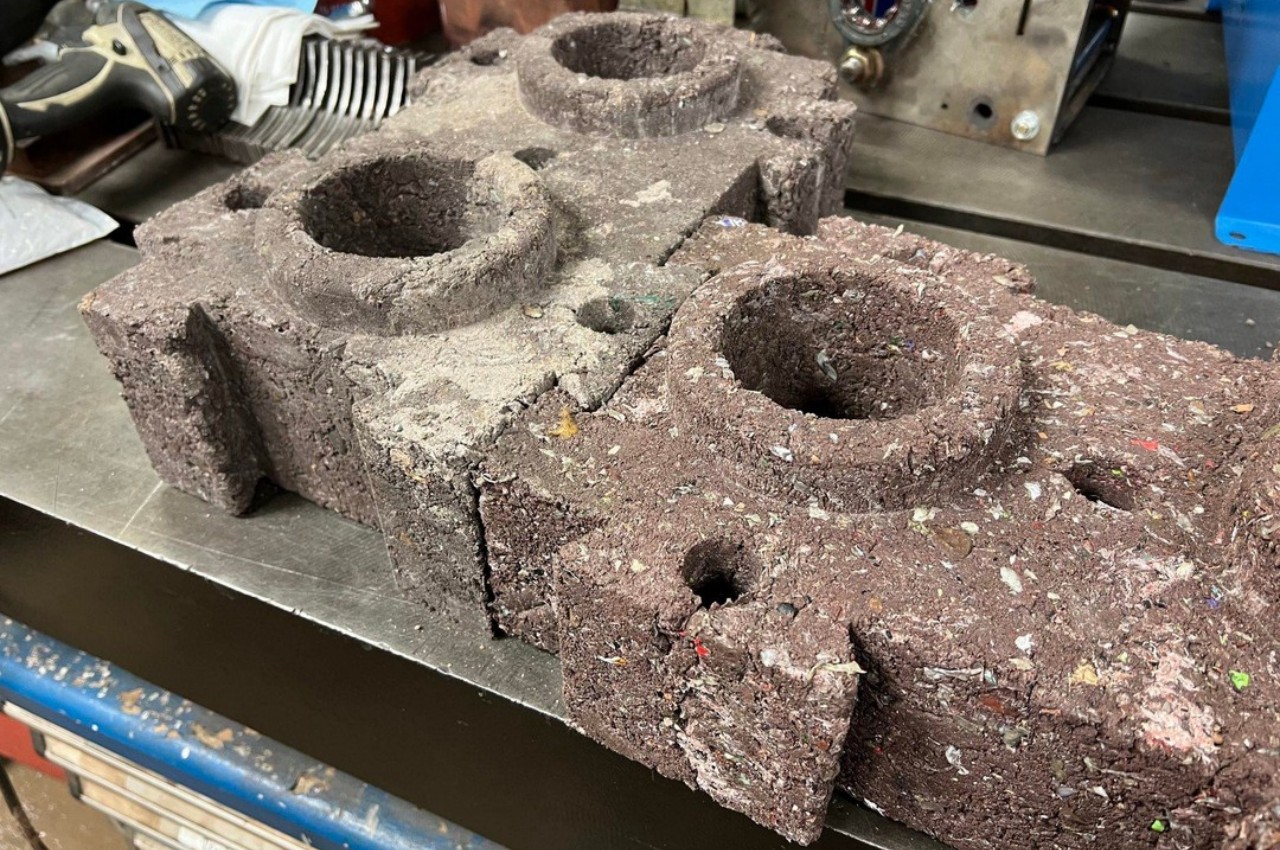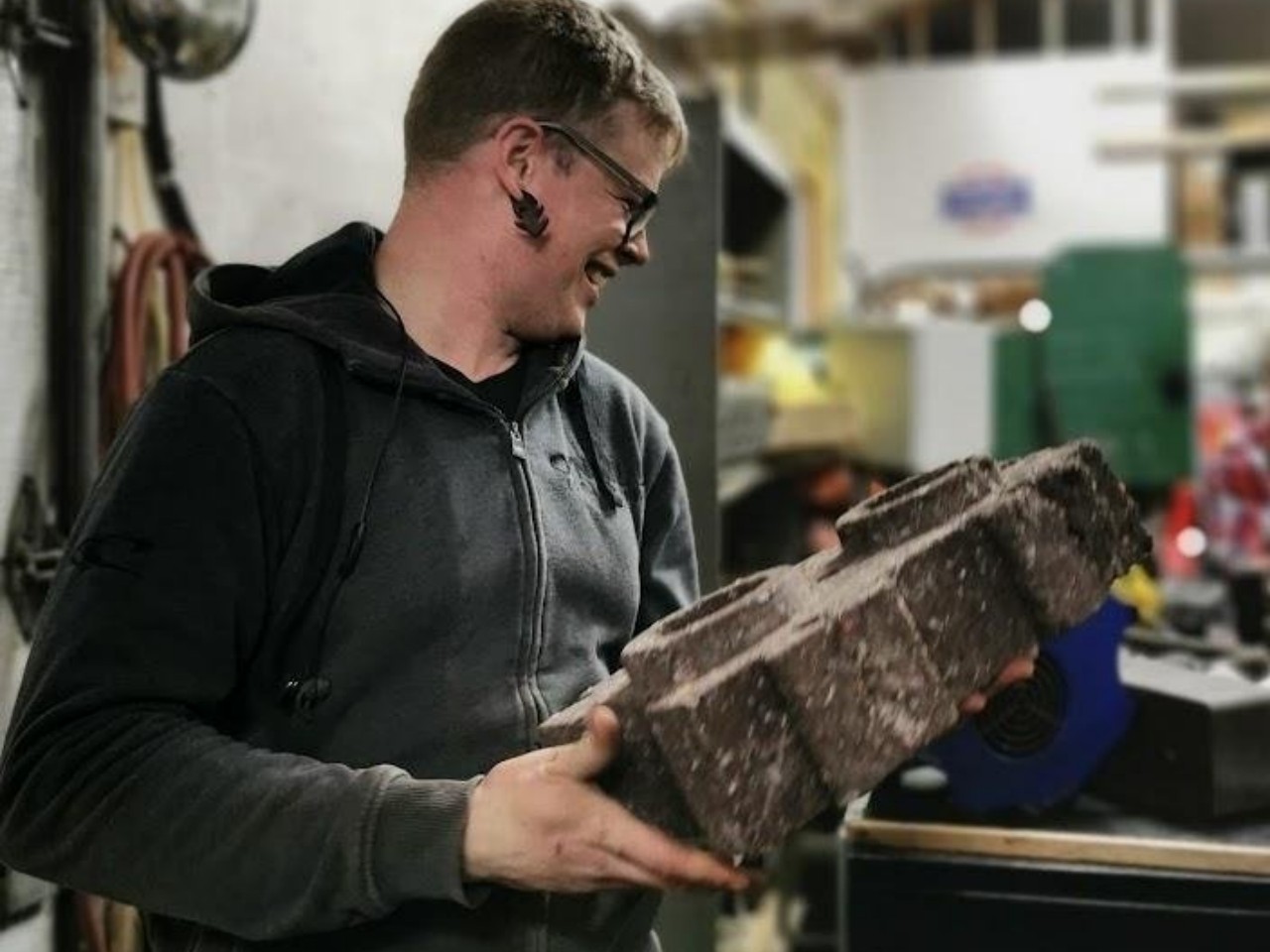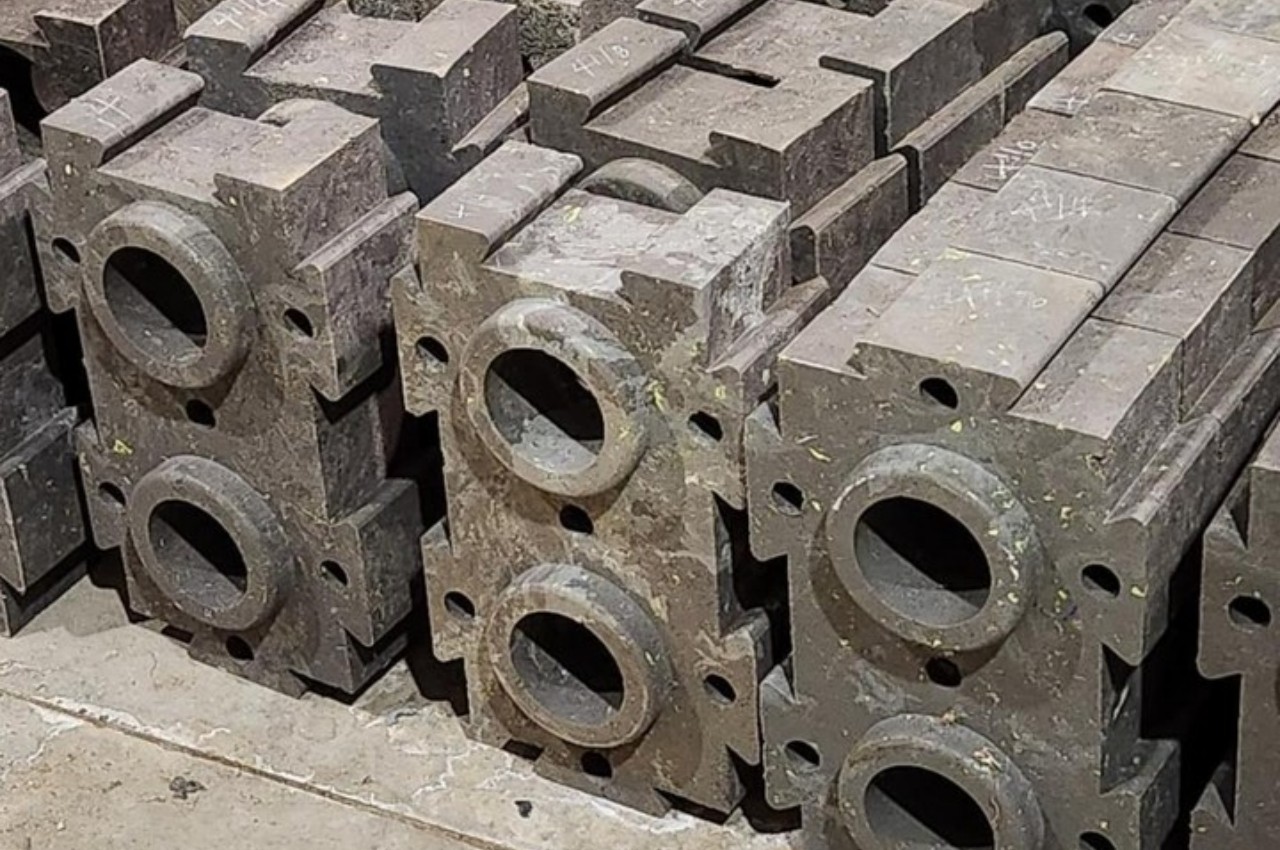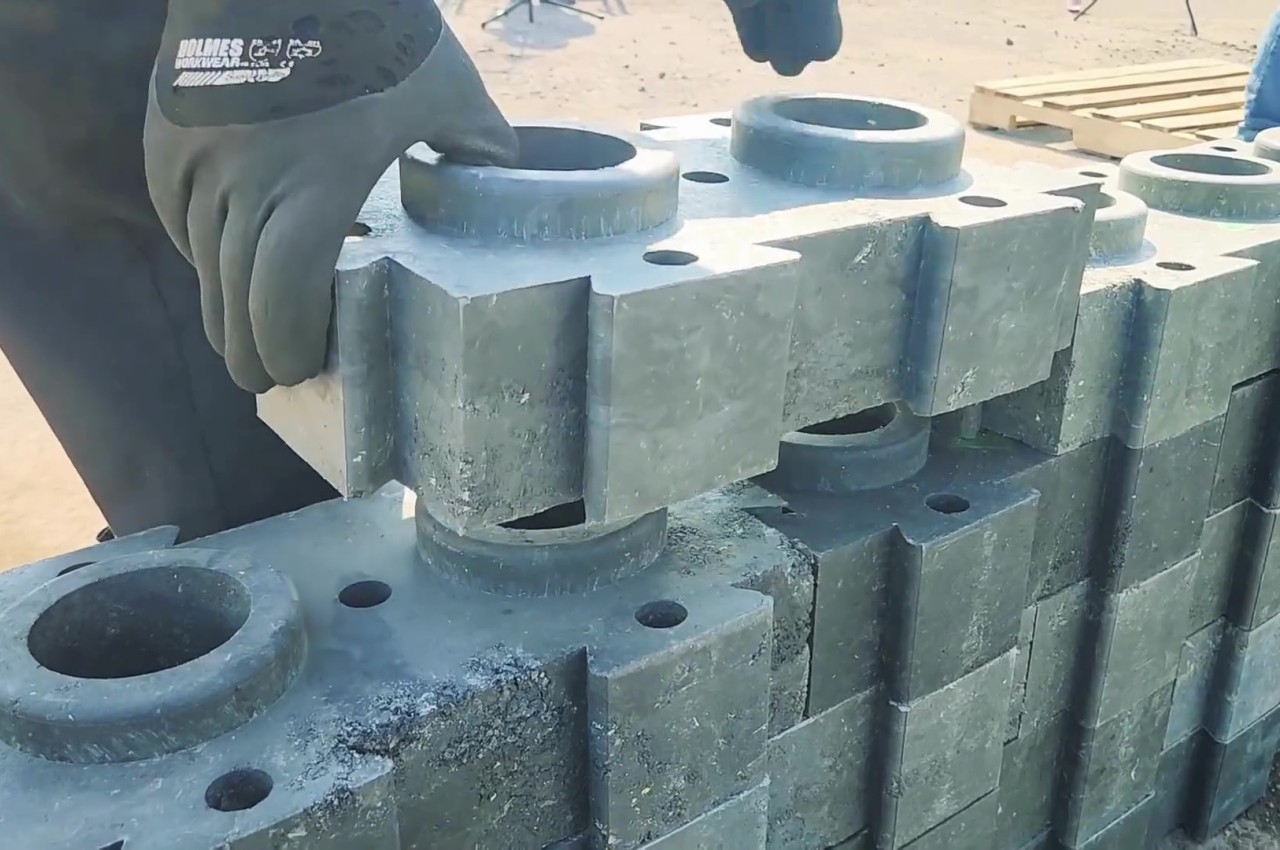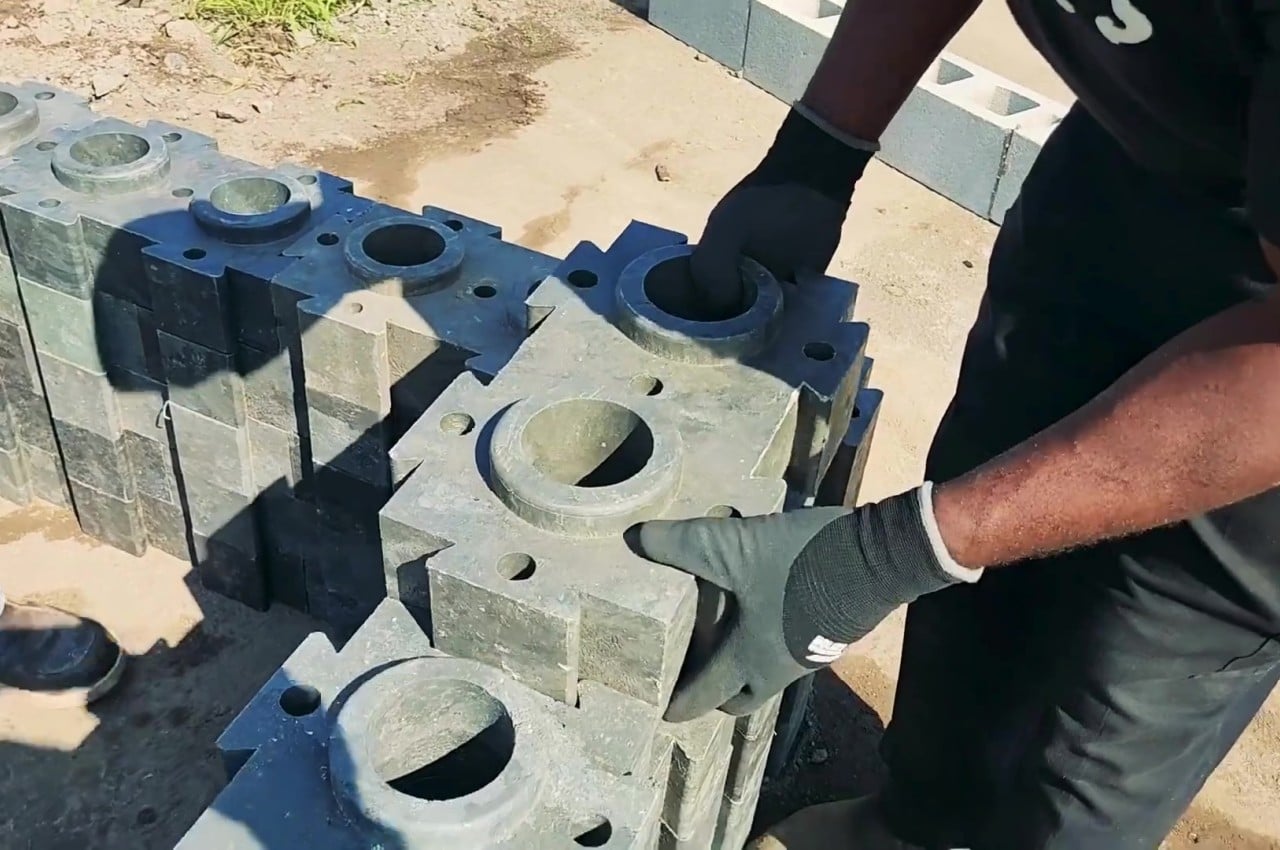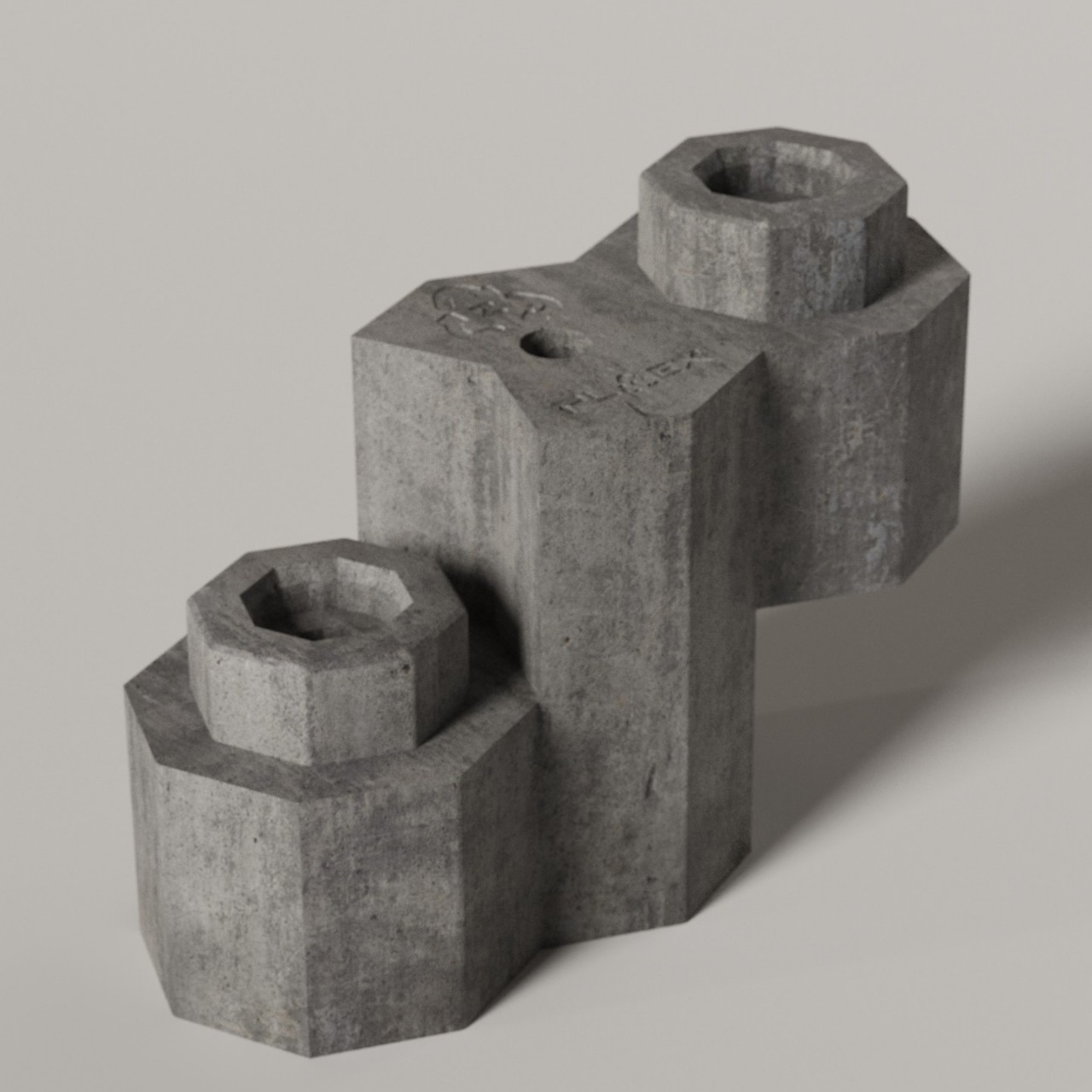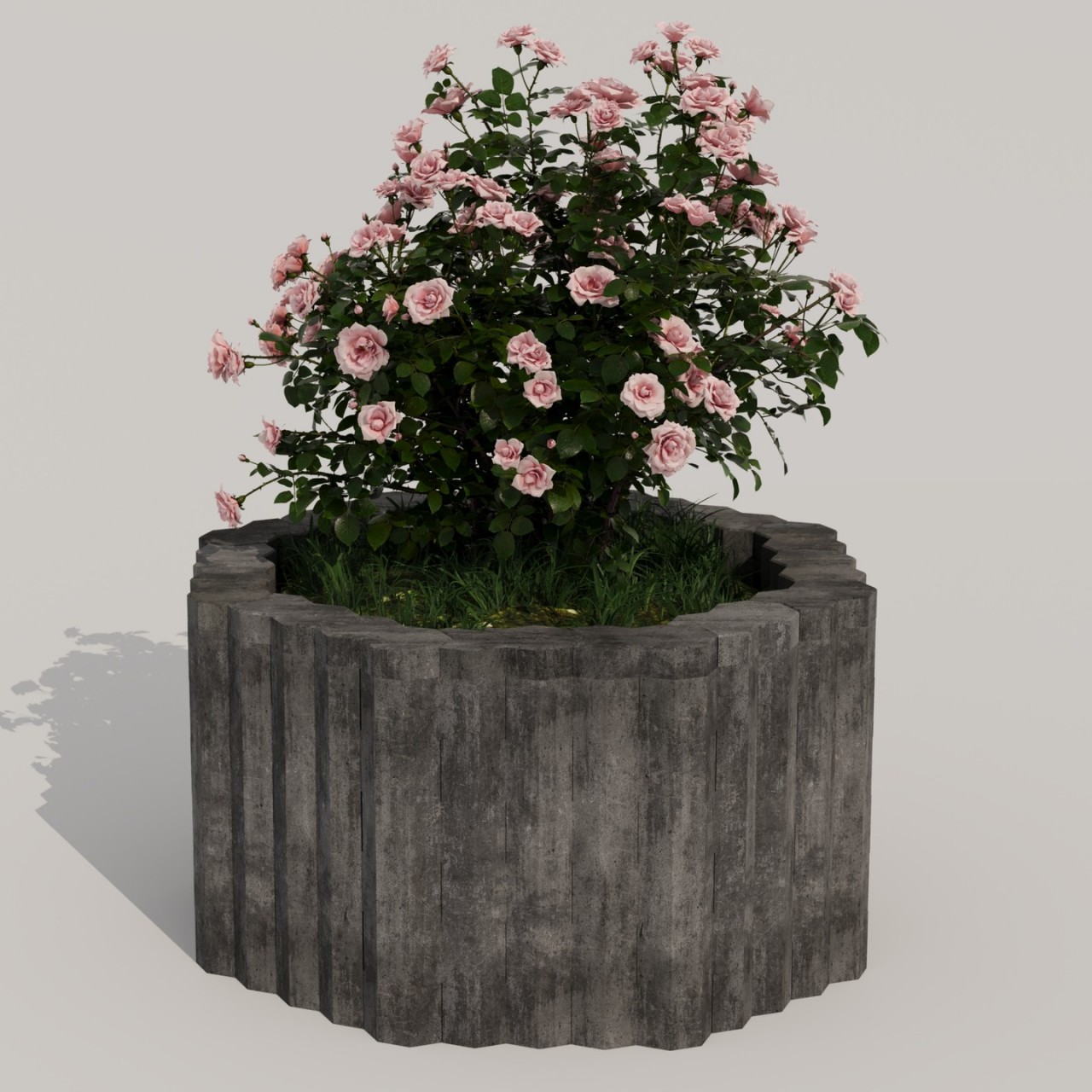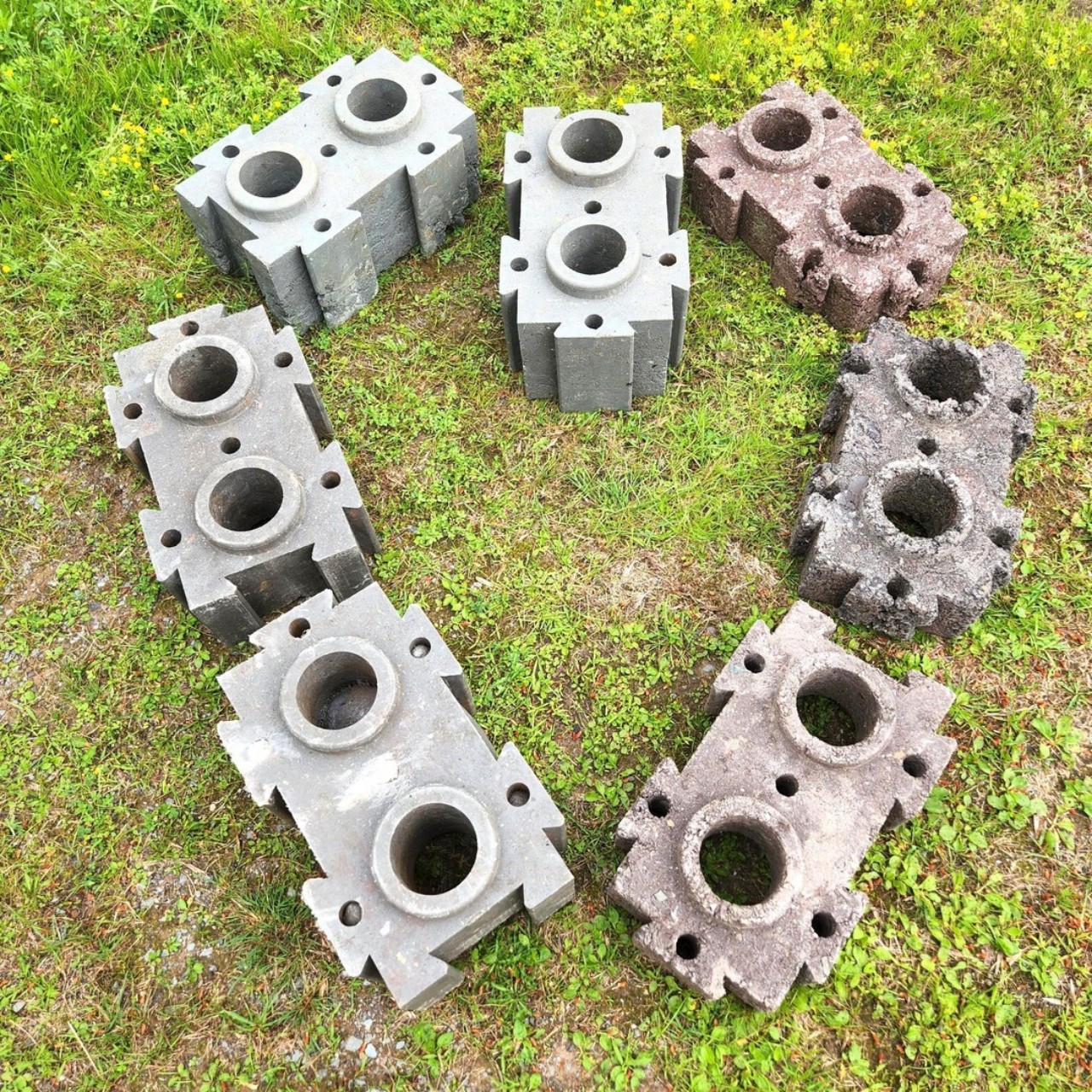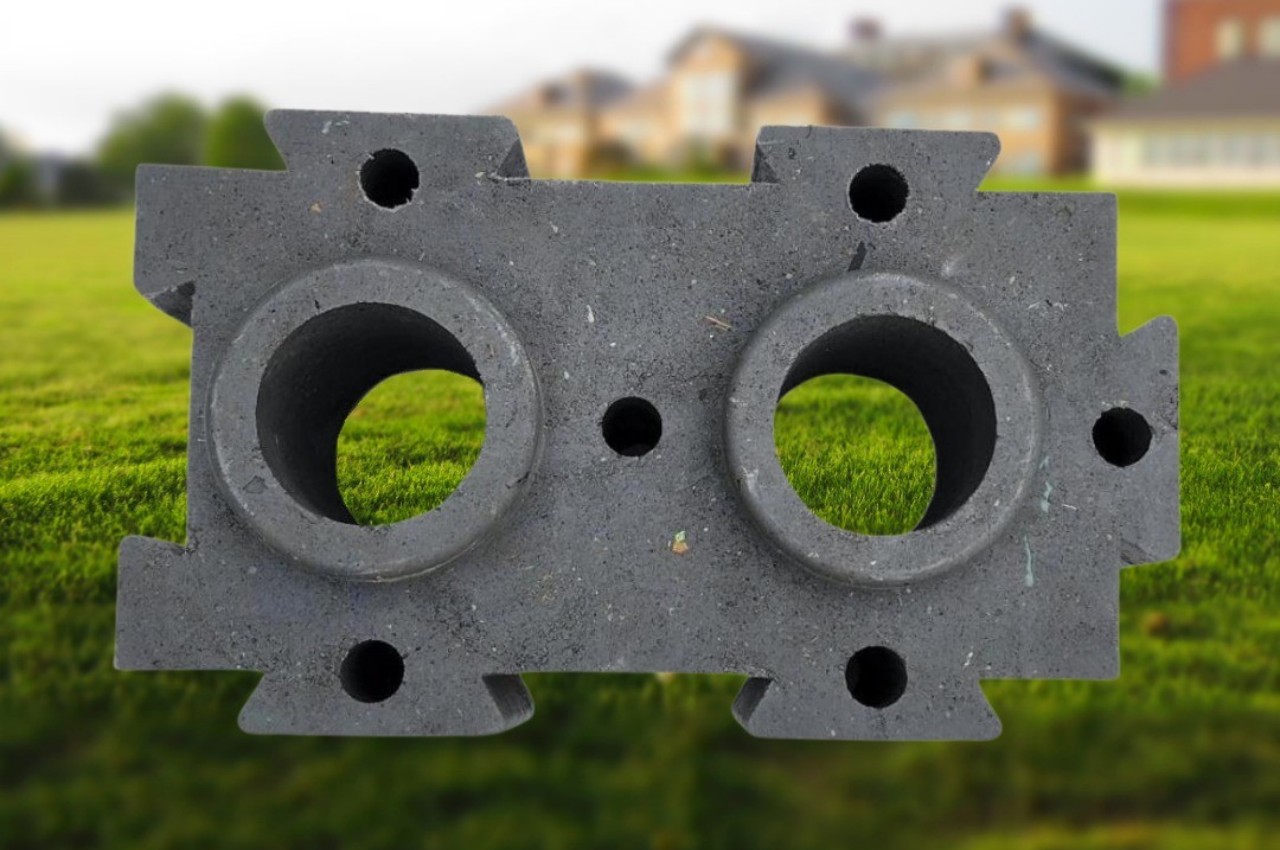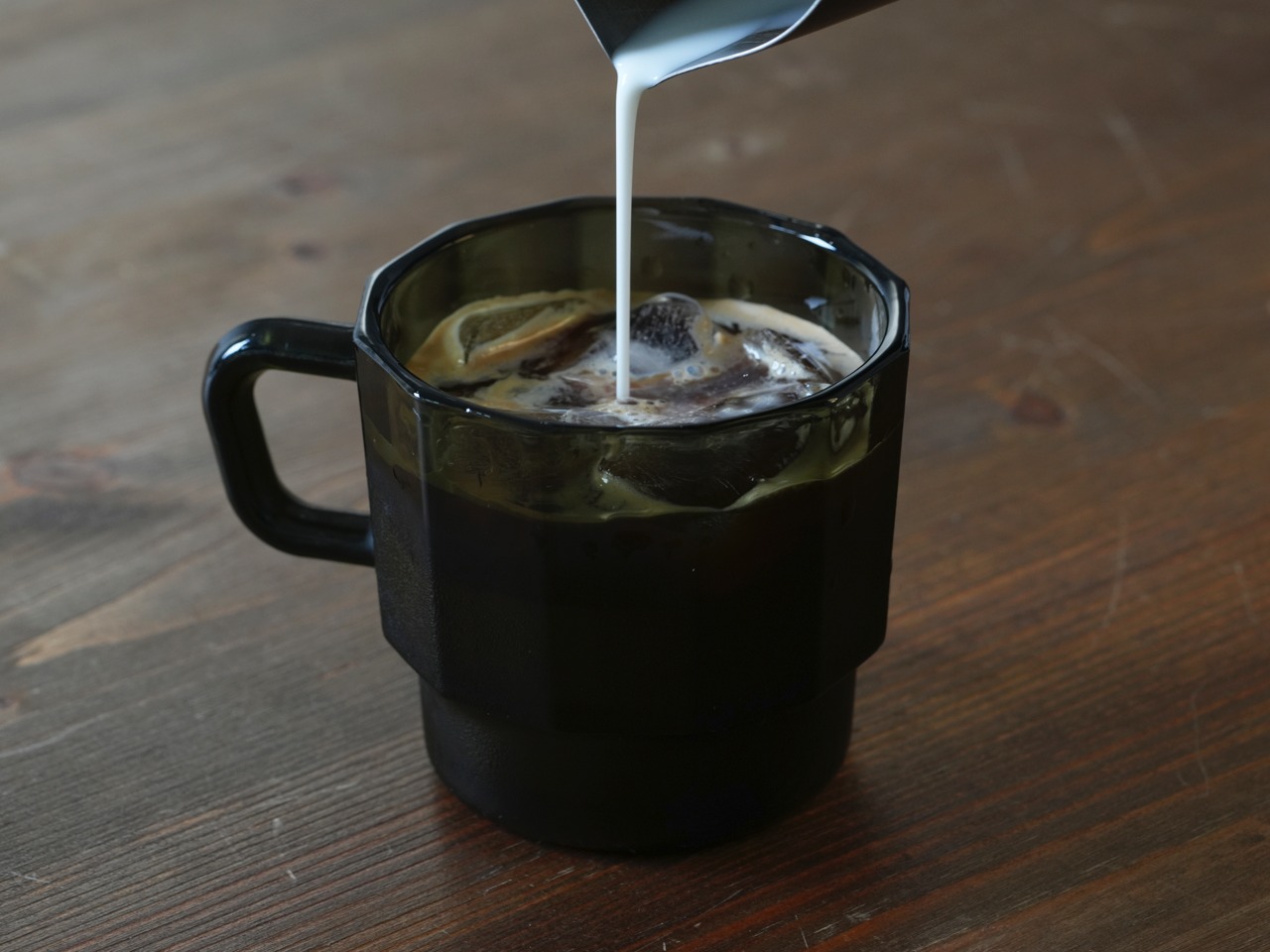
Drinking, whether it’s water, coffee, or soda, is such an essential part of human life that we usually do it on autopilot. That’s why we also take for granted the vessel we’re drinking from, not realizing how much it can affect not only the taste but also the entire experience. Materials can subtly change the flavor of the drink or even create toxins, while uninspiring designs can affect our moods without us even realizing why we feel so sour or down. More importantly, we rarely take into account how our cups and glasses can affect the health of the planet in the long run. That’s definitely a lot to take in for a single cup, but this simple yet striking glassware makes it all so simple, providing a design that’s not only beautiful on the outside but also on the inside, especially for the world we live in.
Designer: HMM (Human Made Method) Design
Click Here to Buy Now: $35
The Problem: Bland, Harmful Drinkware

Glasses, mugs, and cups are so ubiquitous that we barely give them a second look whenever we drink. But like the mess that starts to pile up on our desks or in our rooms, they actually have an effect on our minds and our moods. Drinking from a plain, uninspiring, and rough cup is a completely different experience from using a smooth, beautiful, and luxurious vessel. The latter makes every sip feel special as if enjoying fine wine even when you’re simply drinking water. It uplifts the spirit as much as it nourishes the body.
And there’s the fact that not all drinkware is made equal, even those made from metal and glass. They can have harmful chemicals mixed in that interact with the liquid inside, changing their flavors and sometimes even causing harm to our health. They also slowly kill the planet, especially the numerous plastic drinkware that fill the market and our cupboards. Wouldn’t it be nice to feel great not only because you’re drinking from a beautiful glass cup but also because you know you’re doing your small part to protect the planet? That’s the blissful drinking experience that this exquisite glass cup is offering, made from recycled glass that, in turn, is also completely recyclable.
Why is this the Best Glass Cup
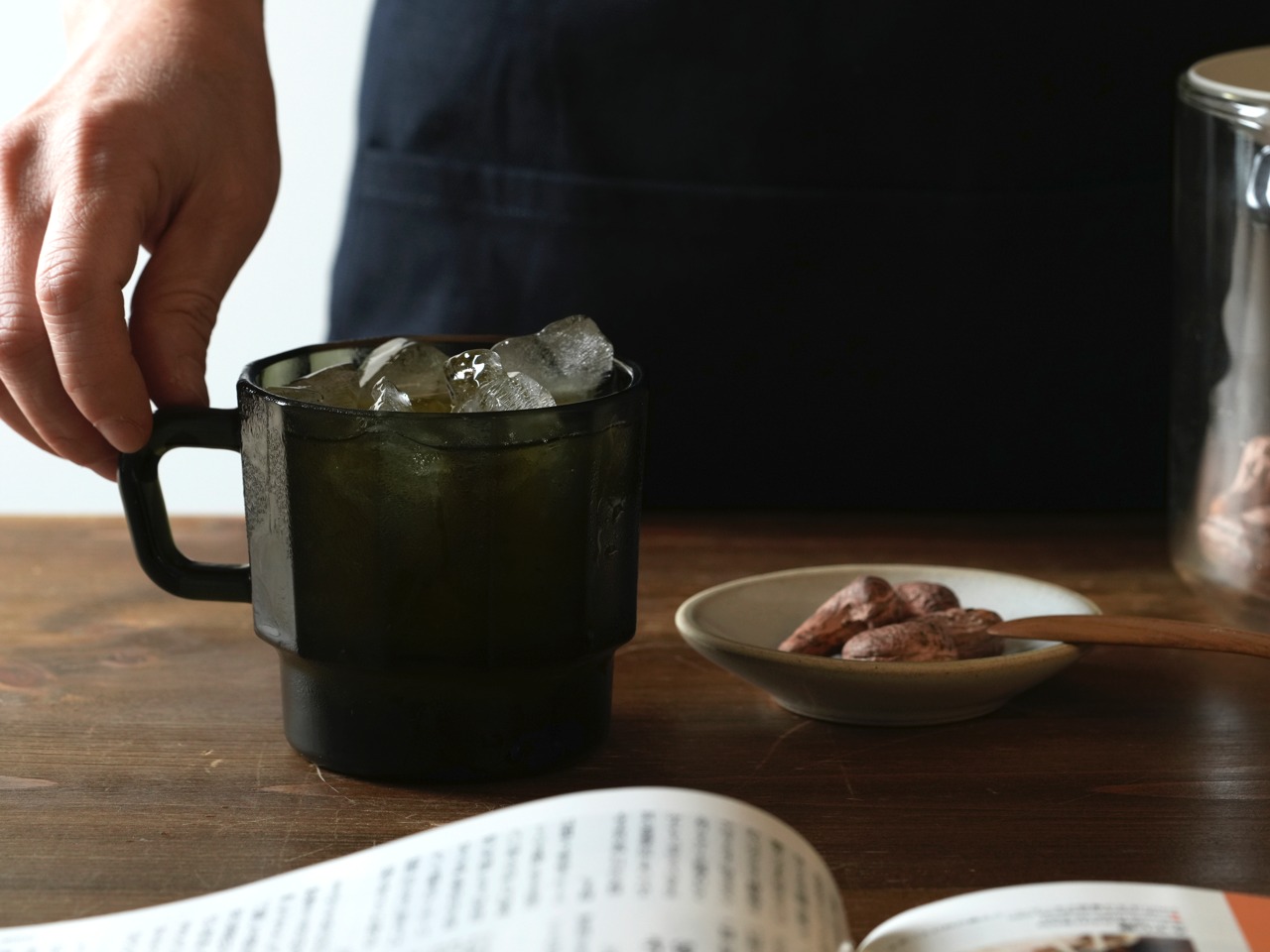
This sustainable glass cup has a beauty that goes beyond just appearances. It uses glass that’s collected and recycled by Taiwan’s largest glass recycling center and the product is a material that’s also 100% recyclable glass. This means that at the end of its life, this beautiful glass cup can be properly disposed of or even recycled for some other use, creating a circular economy that keeps on giving without harming the planet in the process.
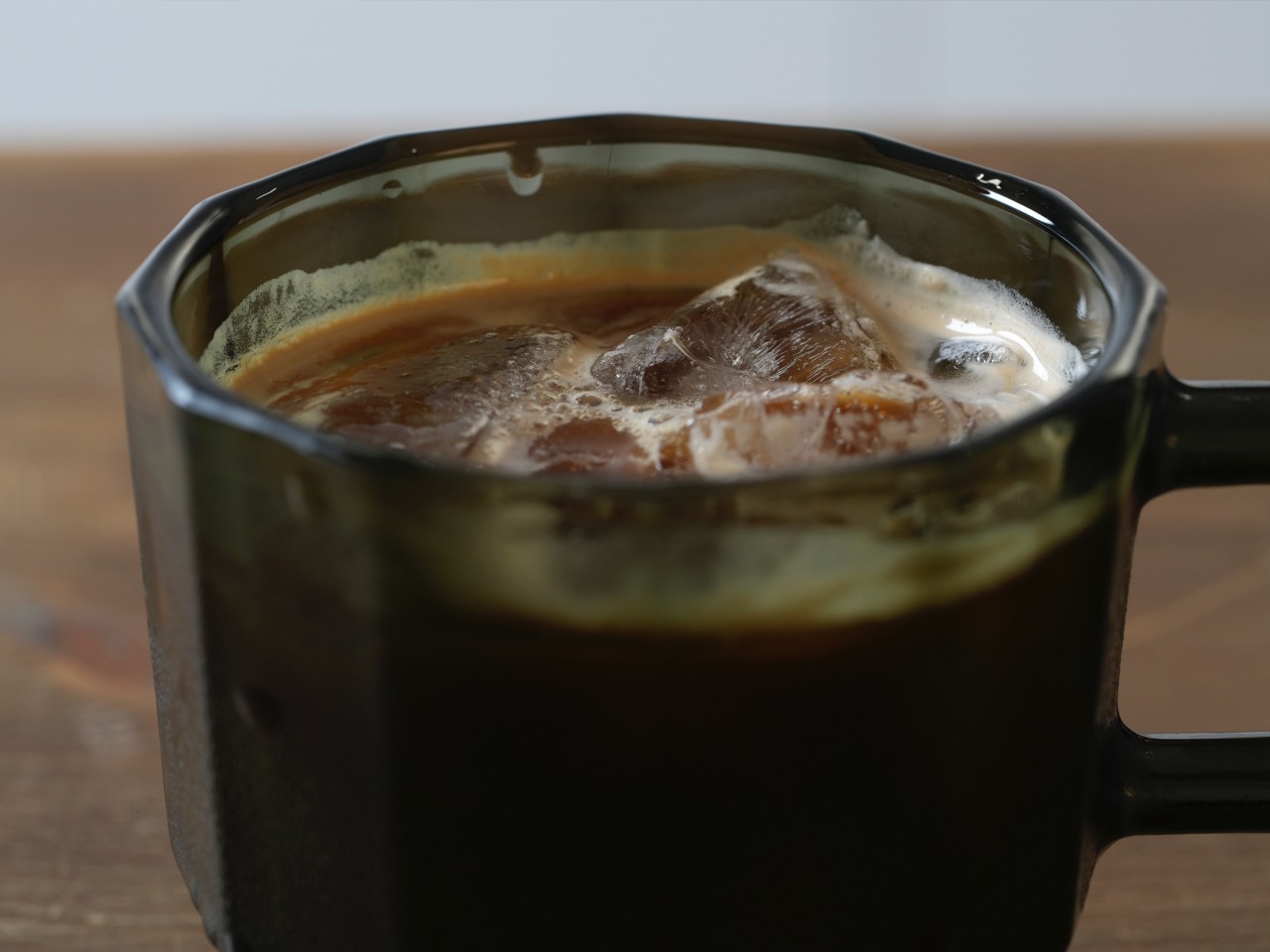
Admittedly, that invisible detail might be lost on some people, especially when they’re distracted by the cup’s beauty. Rather than just a straightforward cylindrical body, the glass’s faceted shape has 12 angles that stand for the 12 hours on a clock’s face, symbolizing the cycle of the day and of life. And instead of being clear and transparent, glass-dyeing techniques add a visual flavor to the cup whenever light passes through it and the beverage inside. Each glass is handmade by seasoned craftsmen, which sometimes results in tiny bubbles or traces on the surface of the glass. Rather than being imperfections, these give each cup a unique character and story, adding to the vessel’s charm.
Who this Glass Cup is For
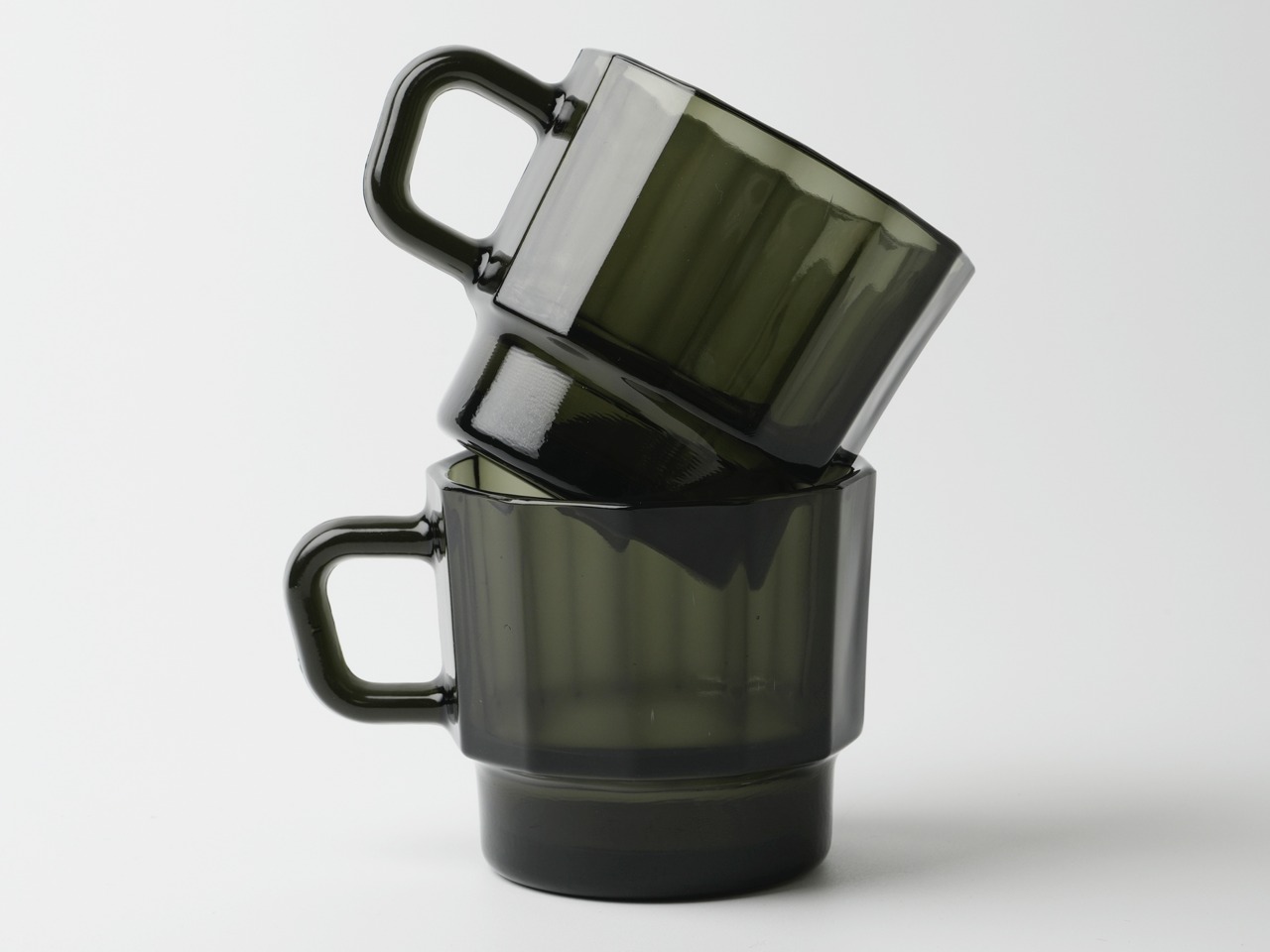
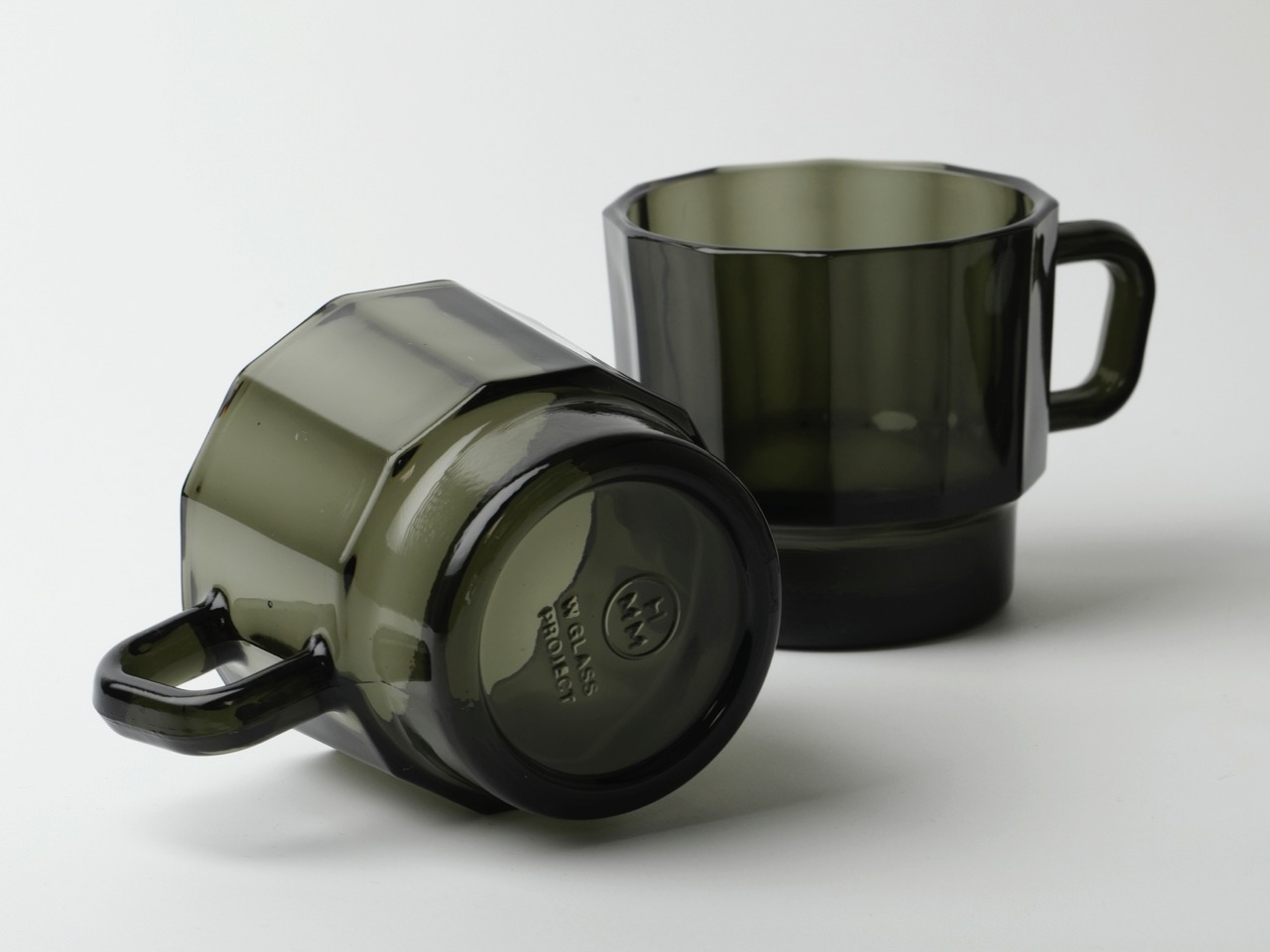
With such a stylish and elegant glass, anyone can experience a more meaningful drink, regardless of their preferred beverage. With a heat-proof handle, holding a cup of your favorite coffee blend is no problem. And with its smooth circular inner surface, cleaning after a drink of wine is no sweat at all. A delight to the eyes and a treat for your lips, this Sustainable Glass Cup turns every sip into a deeper, multi-sensory experience, allowing you to savor not only the unadulterated flavors of your favored beverages but also the gratifying thoughts of supporting a circular economy that will create a brighter and greener tomorrow.
Click Here to Buy Now: $35
The post Best Glass Cup Made with Recycled Glass for a Delightful Drink Every Time first appeared on Yanko Design.
